RatingsPros:Naturally musical tones. Great balance of options. Cons: Careful with that push control at max levels. Street: $199 JHS PG-14 jhspedals.com | Tones: Ease of Use: Build/Design: Value: |
Very few guitarists combine musicality, chops, and humor like Paul Gilbert. His exploratory style inspired scores of guitarists to attack their guitars with Makita drills and rip high-powered shred licks. But more recently, Gilbert teamed up with JHS to create a deceptively versatile signature distortion that offers impressive midrange control and surprisingly blown-out tones at its extremes.
The PG-14 shares some functionality and DNA with the JHS's Haunting Mids pedal—a mid-range tone manipulator that is one of Gilbert's favorite stomps. But it combines that unit's active mid-frequency control with a powerful FET drive circuit and a preamp at the input. This combination means the PG-14 can range from subtle mid-emphasized boost tones to sounding like an amp that's about to give up the ghost.
Middle Ground
The PG-14 sports a sextet of knobs that control common overdrive parameters including master volume, drive, and tone as well three less commonly seen controls: mid (a midrange gain control), mid freq (a sweepable EQ control for isolating specific midrange frequencies), and push (an input drive control). Guitars are midrange-oriented instruments. Even so, they vary in terms of how strong that midrange presence can be. So it's a bit puzzling that sweepable mid controls aren't more common on drive pedals.
On the PG-14, the sweepable mid freq control, which ranges from 400Hz to 7.5kHz, makes the pedal shine. Although you can't pinpoint exact frequencies, it's easy to use your ears to dial an approximate frequency to taste, and the sweep feels musical and wide. To better pinpoint the frequency you wish to emphasize, it can help to boost the mids first, find the ideal range, and then reduce the gain to situate the mids within the overall signal. This isn't the only workable method for dialing up interesting tones, but it can help shape the output in very specific ways.
Push It Real Good
The push control warrants a bit of explanation: The topology of the PG-14 mirrors that of a traditional tube amp, except the tubes are replaced with FET transistors. As you dial the push control to the right it mimics an overloaded preamp hitting the front of your amp. It's an effective way to emulate how a tube amp feels when pushed to distortion. The push control seems to have an almost visceral connection with the mid controls. And if you situate the volume, drive, and tone knobs at noon, you can use the mid-control section and the input preamp to conjure buzzy Billy Corgan-style tones that sound ripping in the context of drones and octaves. Set the push knob past 2 o'clock and the output is even more strangled and stuttery—almost as if you can hear the power section falling apart.
The push circuit is capable of more than oddball preamp gain tricks, though. It's also sensitive to picking dynamics, and you can clean up your tone at high input levels by backing off your pick attack, or drive the pedal to crumbling saturation by digging in. The interaction between the push and drive controls is also satisfying. Each subtle adjustment brought out a different shade of distortion and inspiring sounds popped out at nearly every turn. Thick, burly sounds with darker tone settings sounded alive with the push control just left of noon. And even though the gain control leans a bit more toward saturated tones, with the gain around 9 o'clock, and push at 11 o'clock I could still get clear, dynamically expansive country-rock tones in the vein of Brad Paisley or Keith Urban.
The Verdict
Paul Gilbert may have helped bring the PG-14 to life, but it is much more than a high-gain shred machine. The dynamic feel of the push control is a pleasure, and the range of distortion flavors is as varied as any other drive pedal I've played. Single-coils, humbuckers, and P-90s all sounded rich and full of harmonic grit.
Kudos are due to JHS for creating a design tailored so specifically to a single artist that can still open creative avenues for guitarists in different styles. The PG-14 may not use a Swiss Army-knife approach to opening up new tone possibilities, but with its superb core sounds and the thoughtfully designed, interactive controls, the PG-14 excels in a plethora of musical settings.
Watch the First Look:








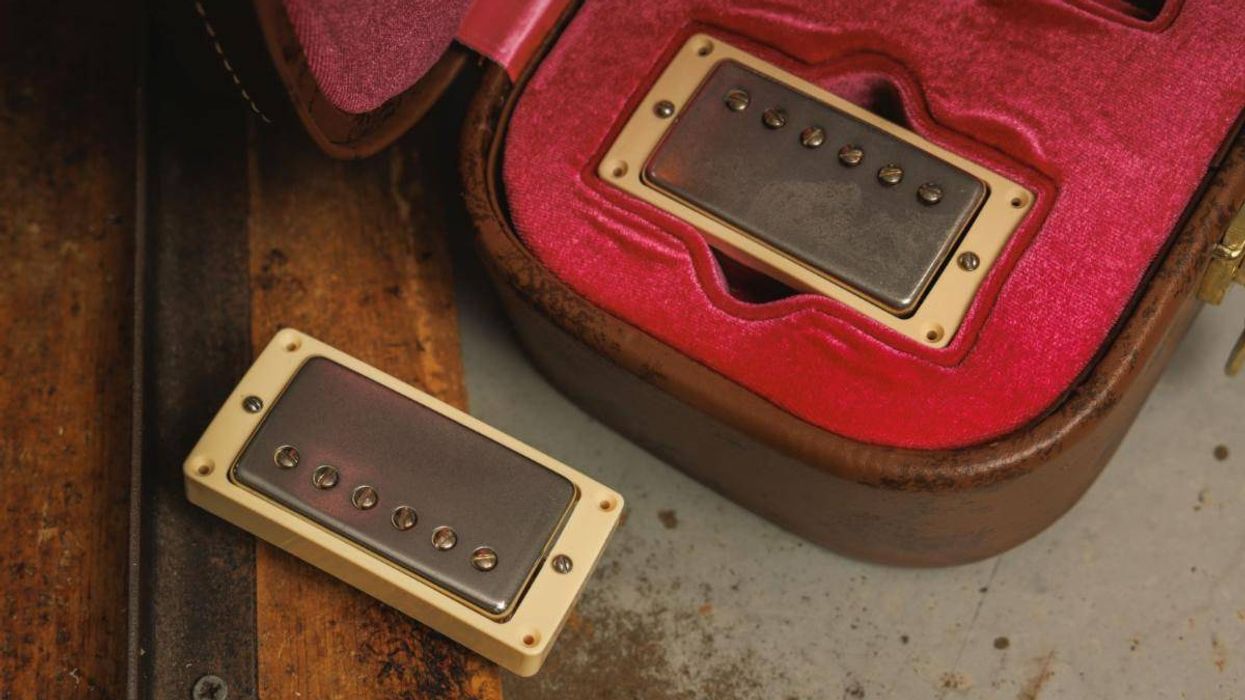
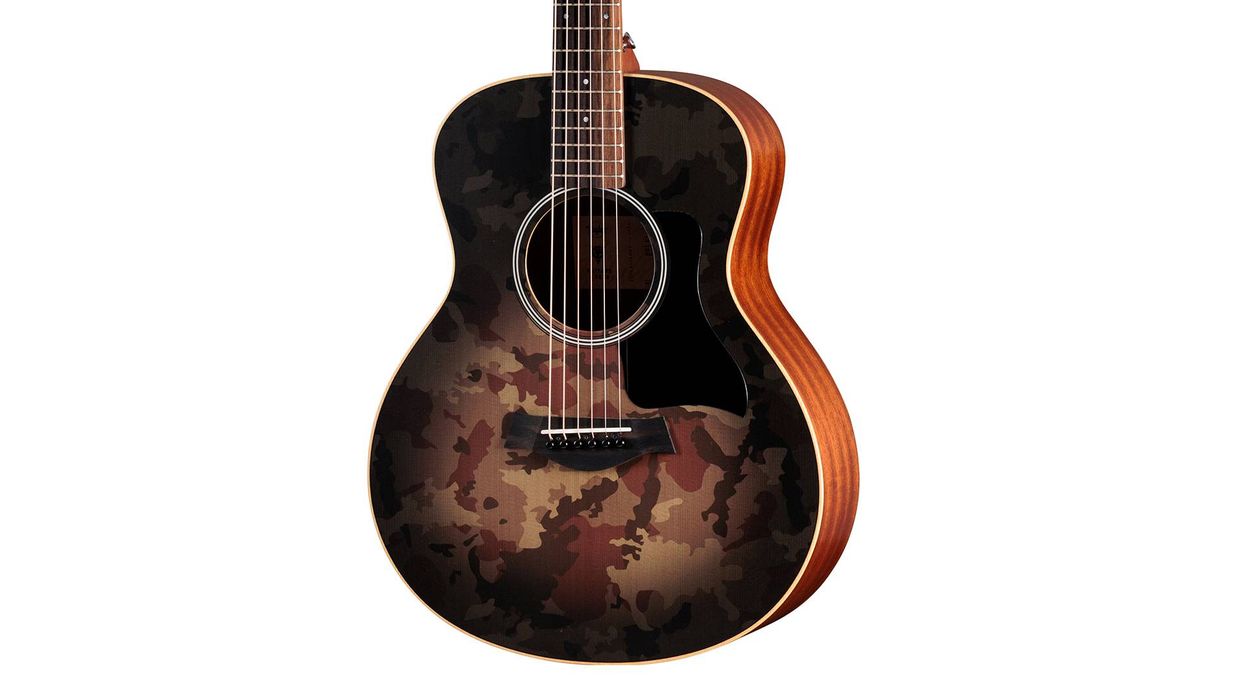
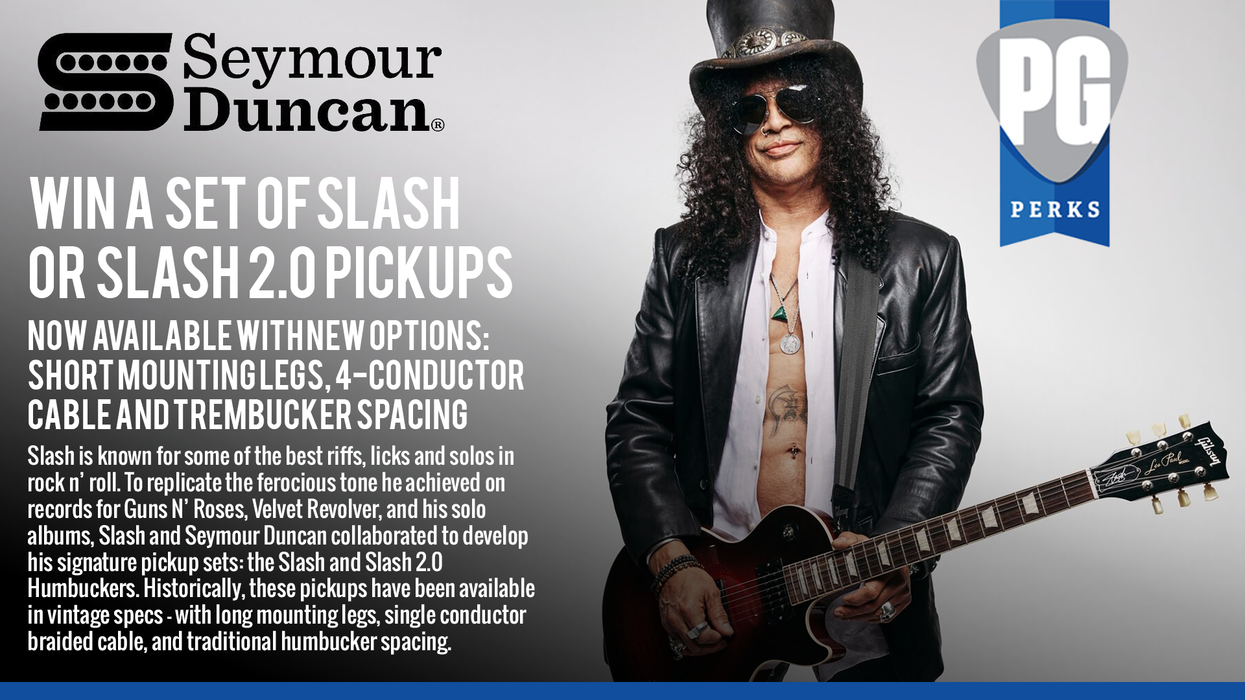

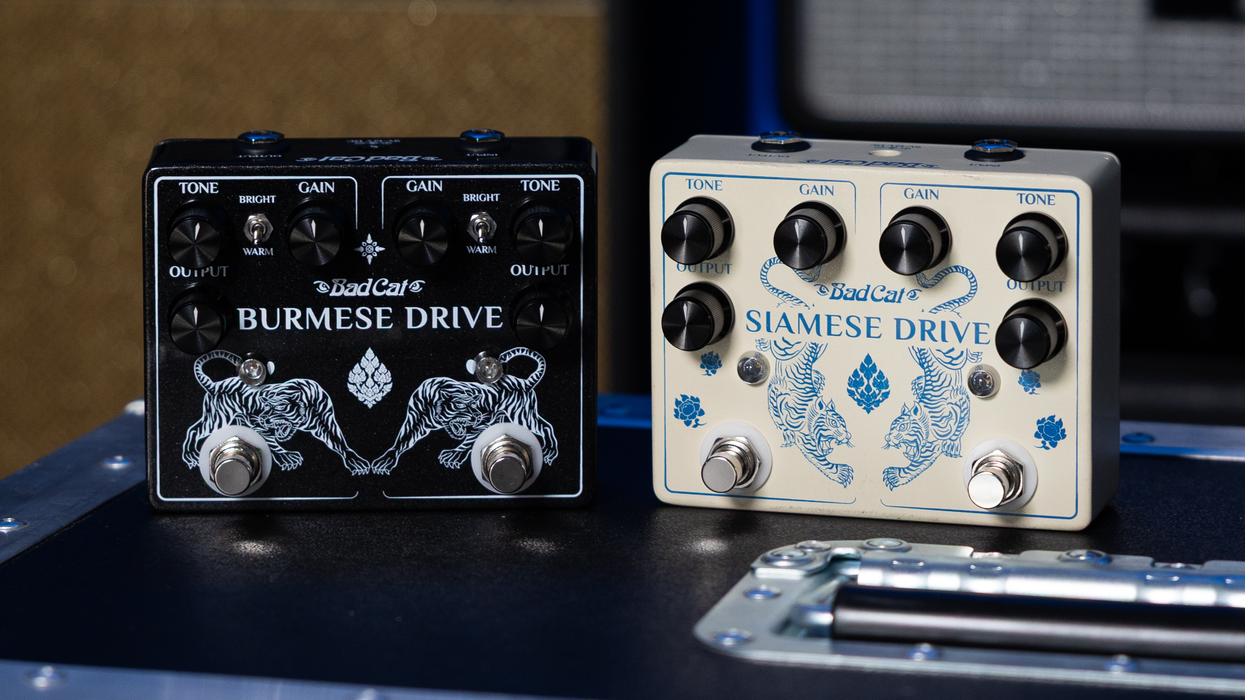



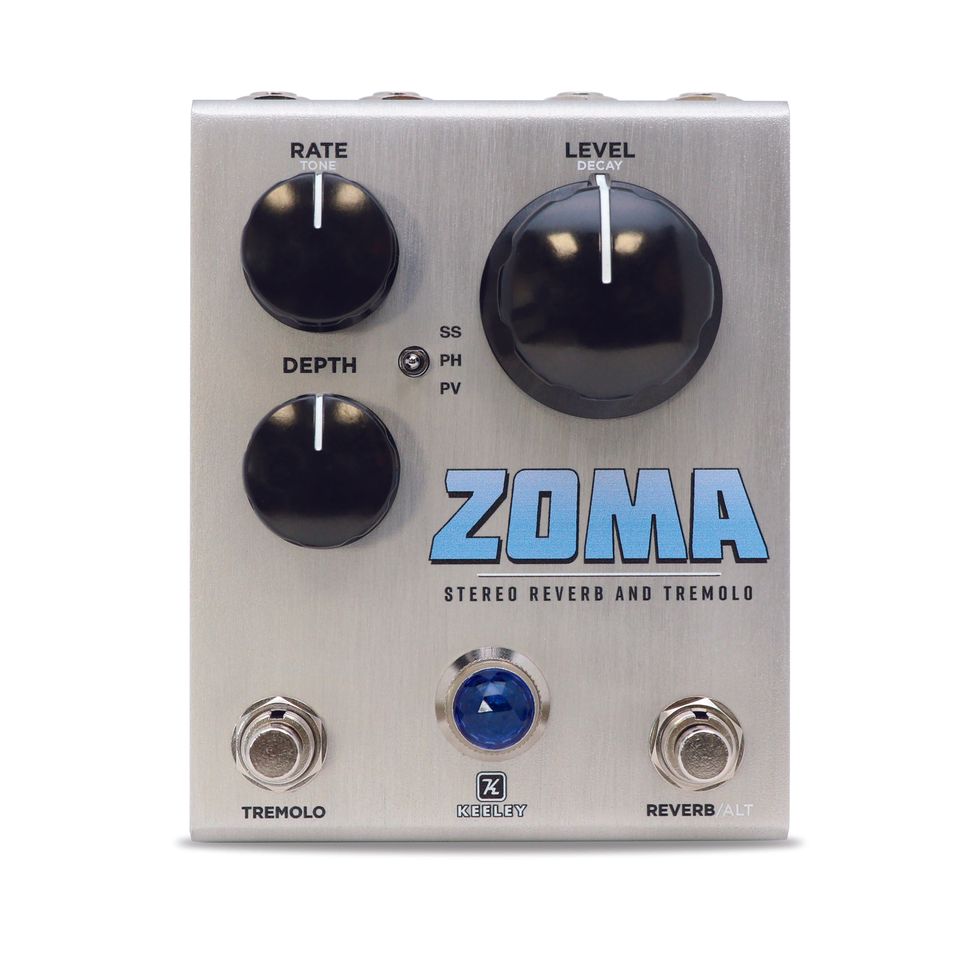
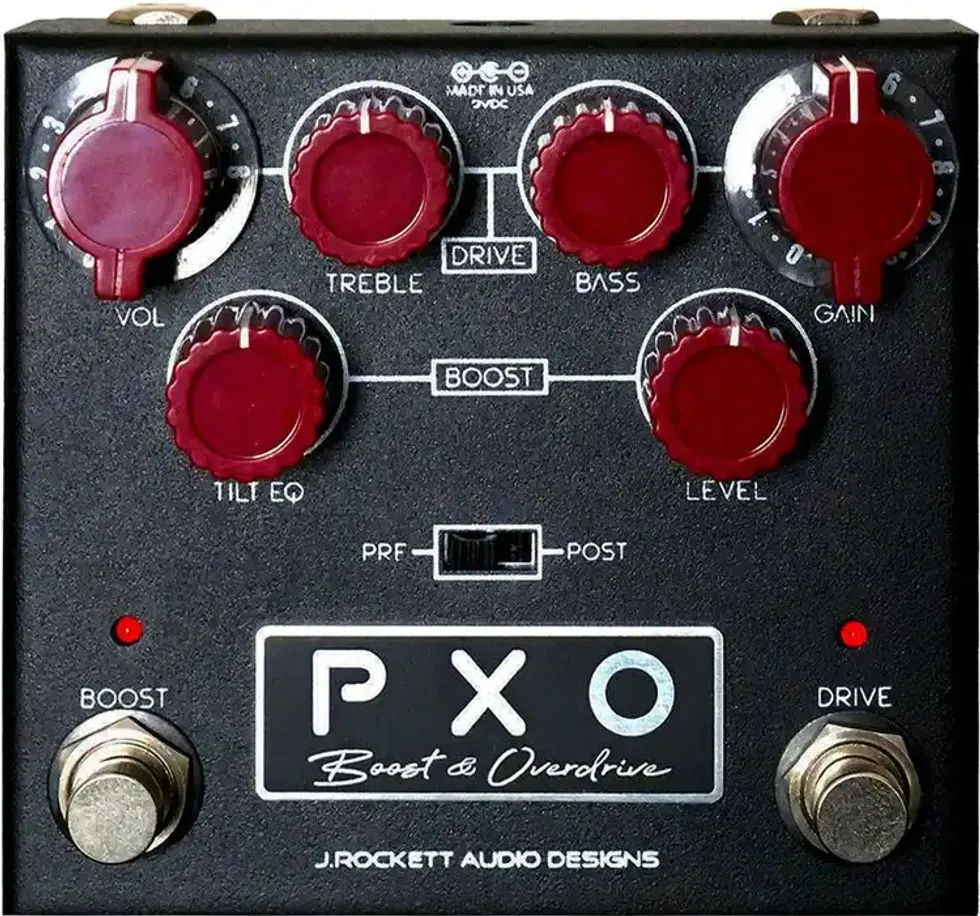
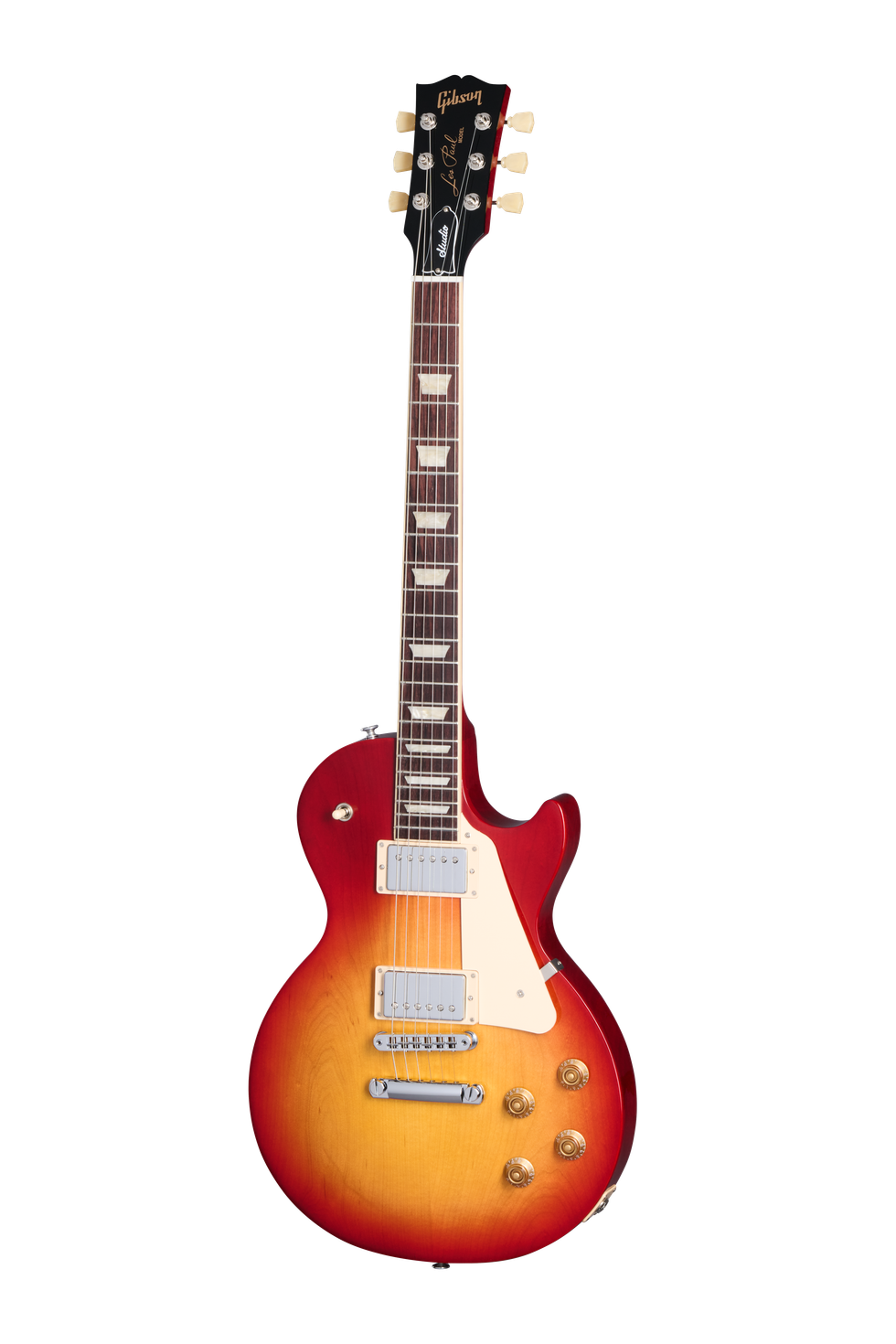
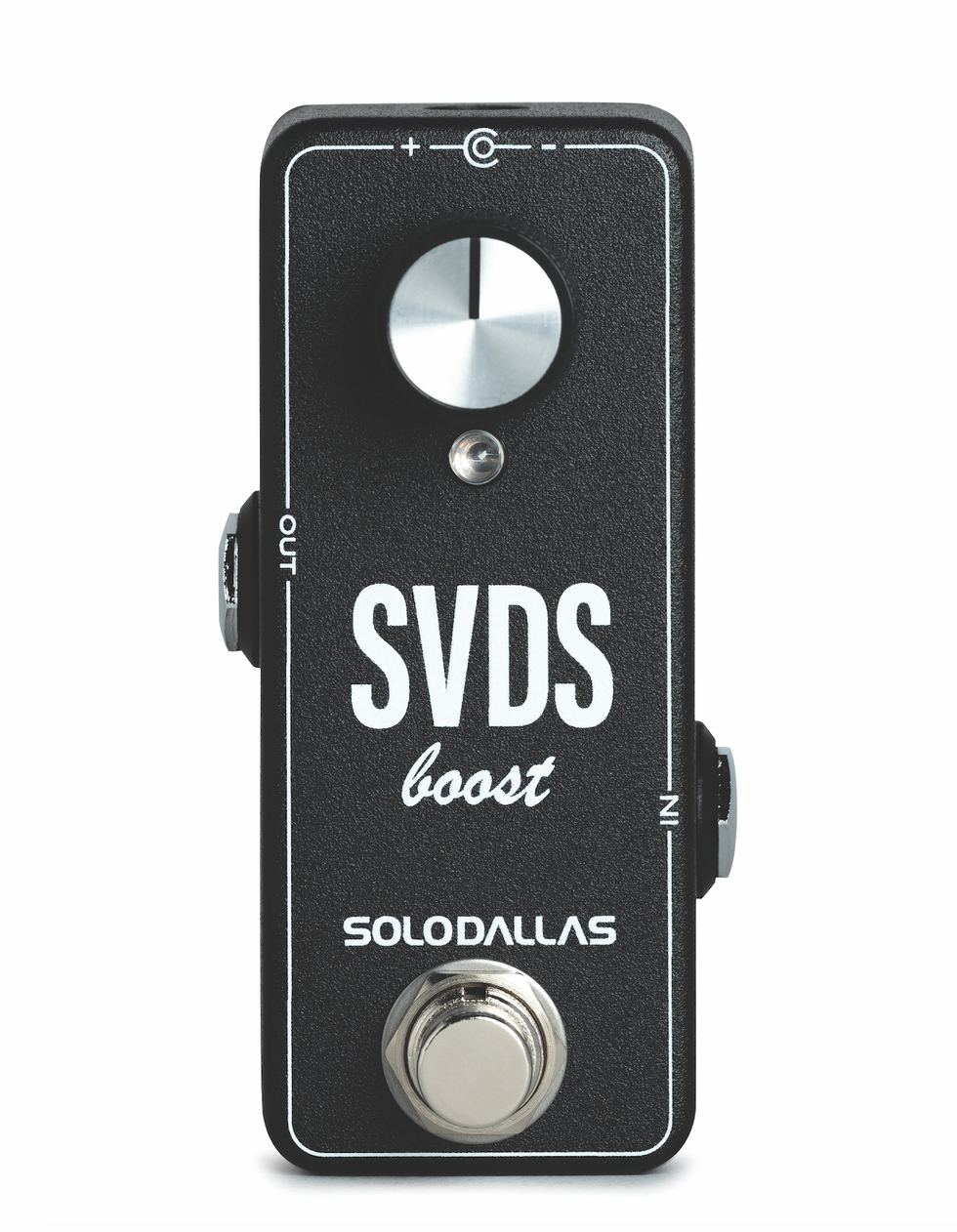
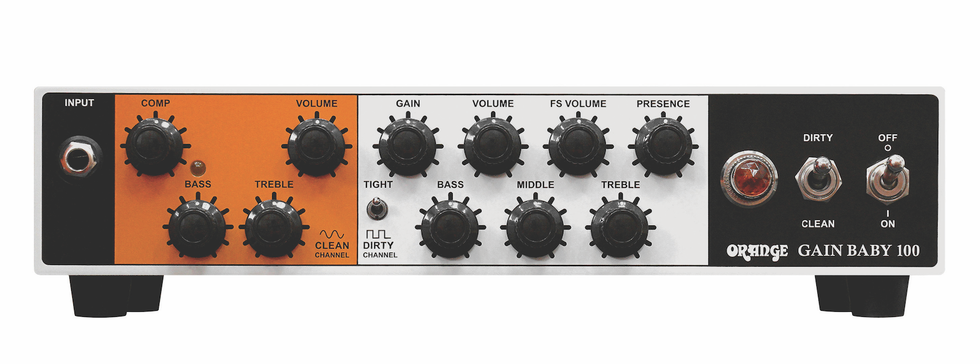
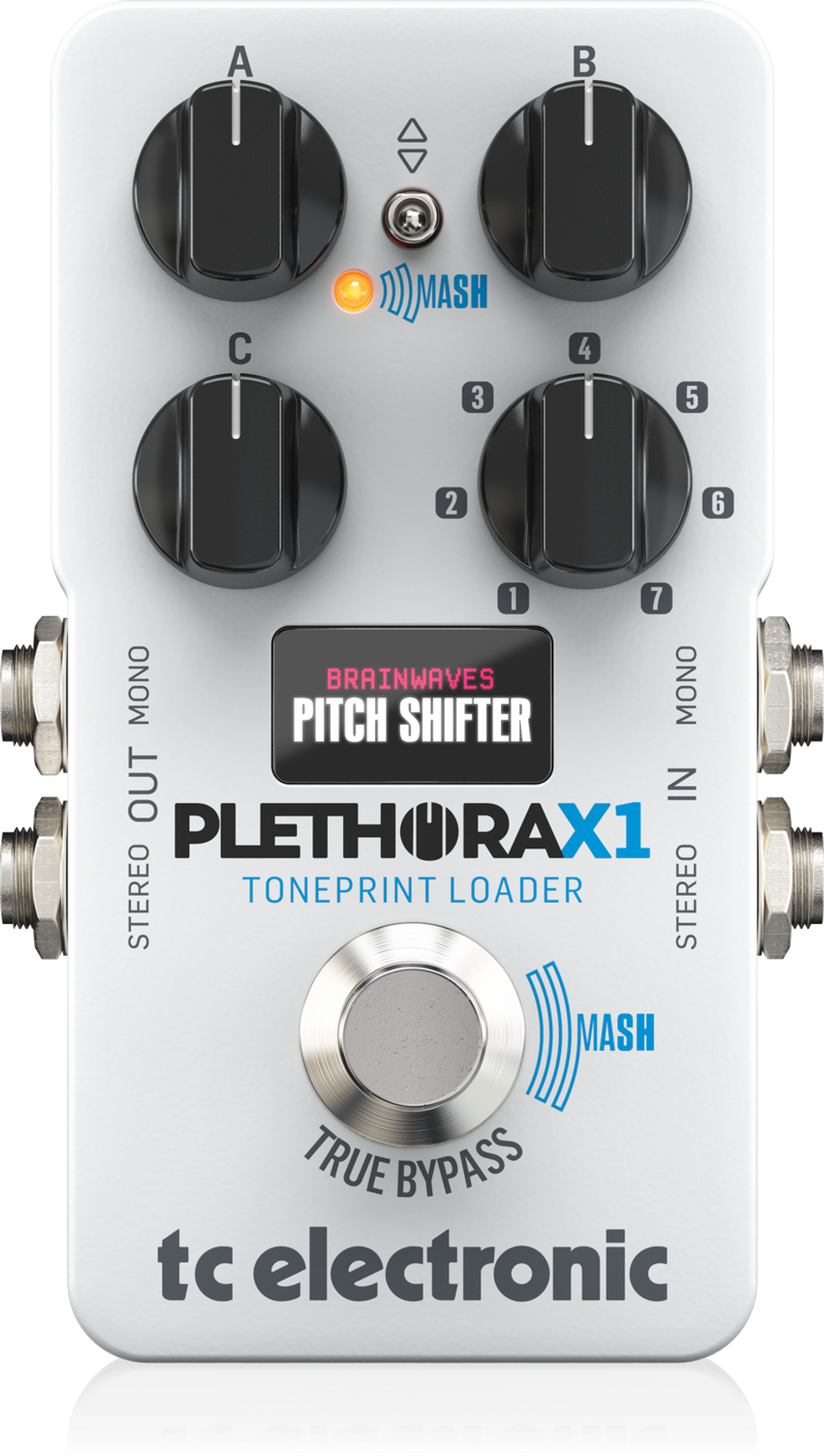
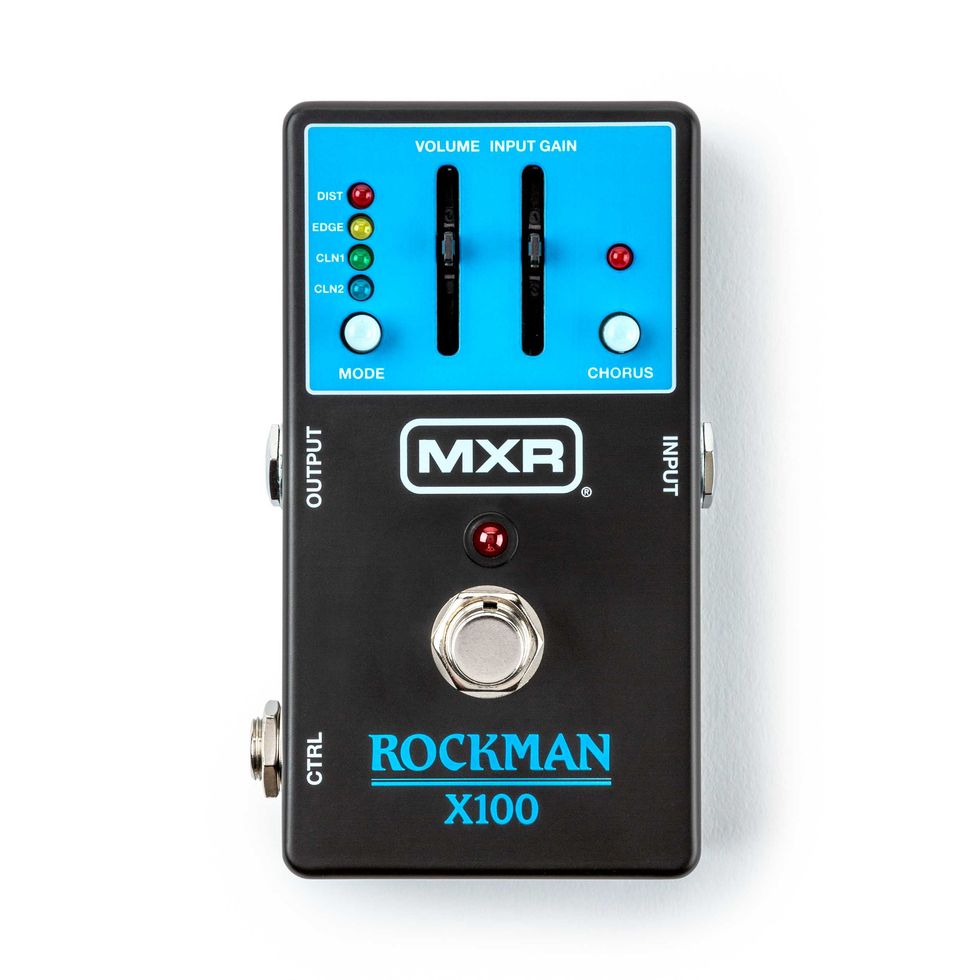
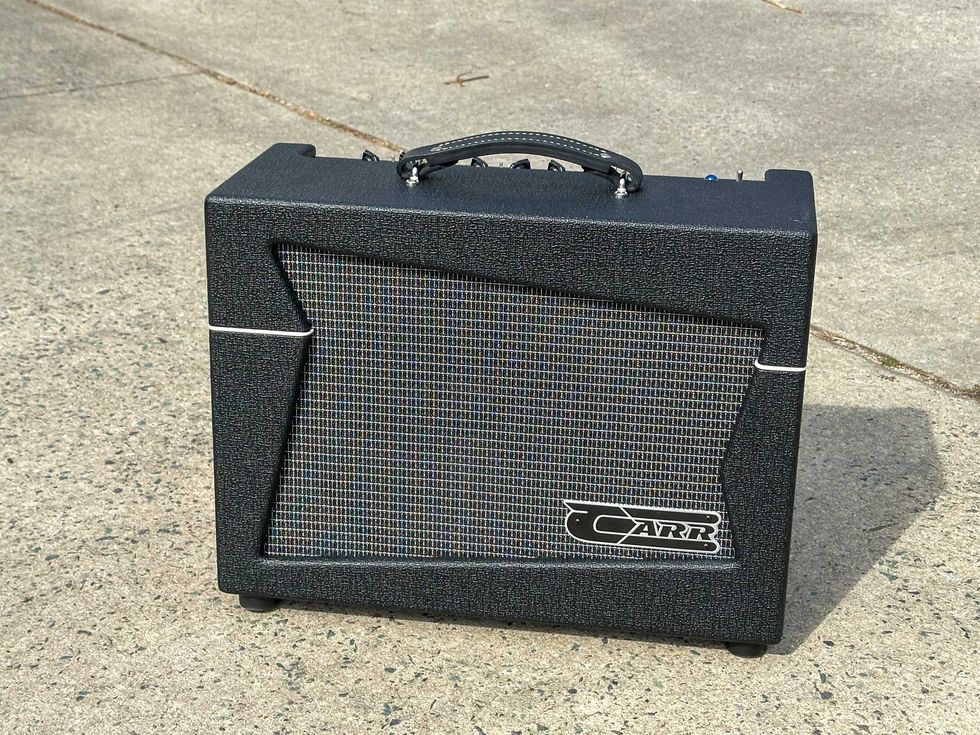
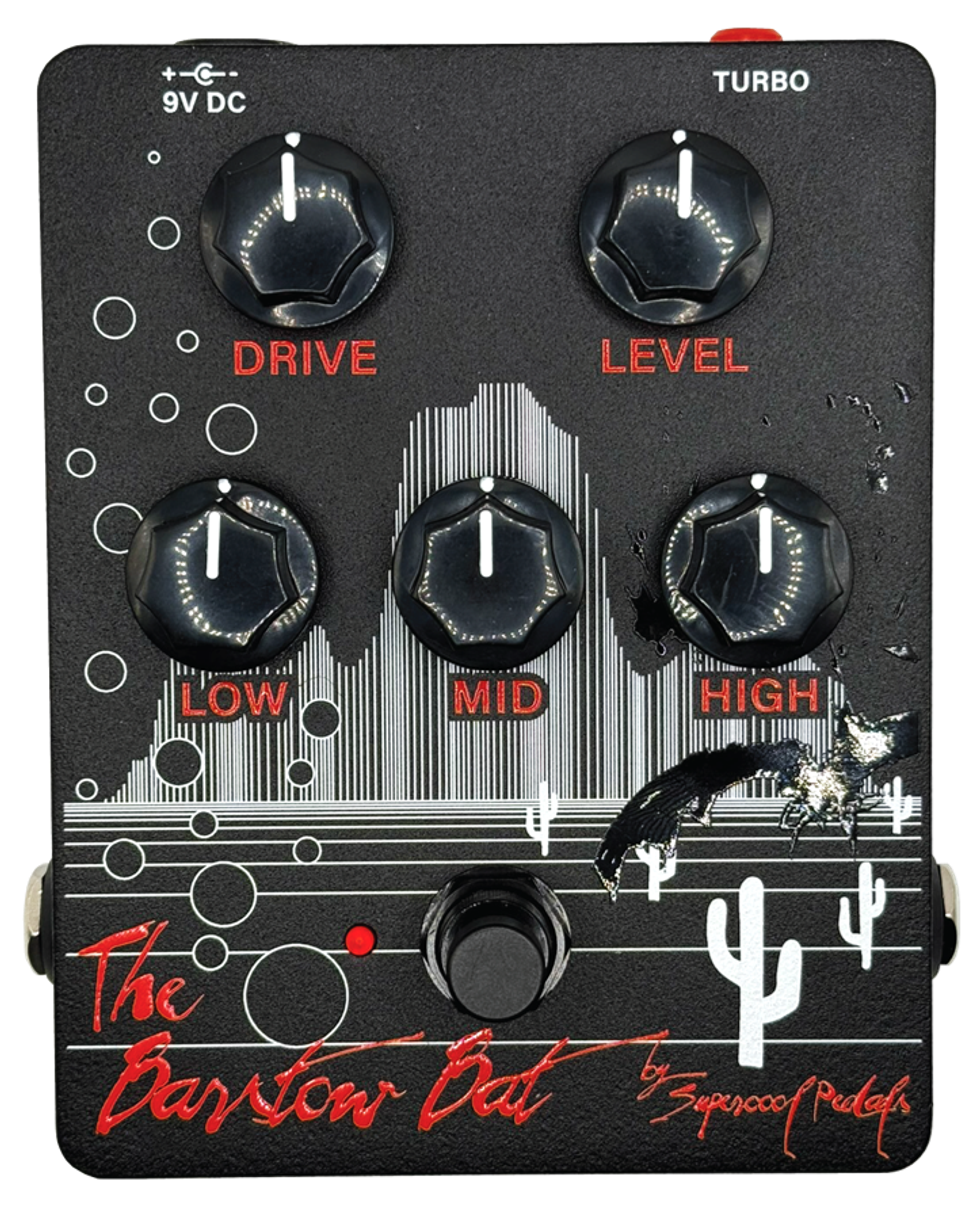
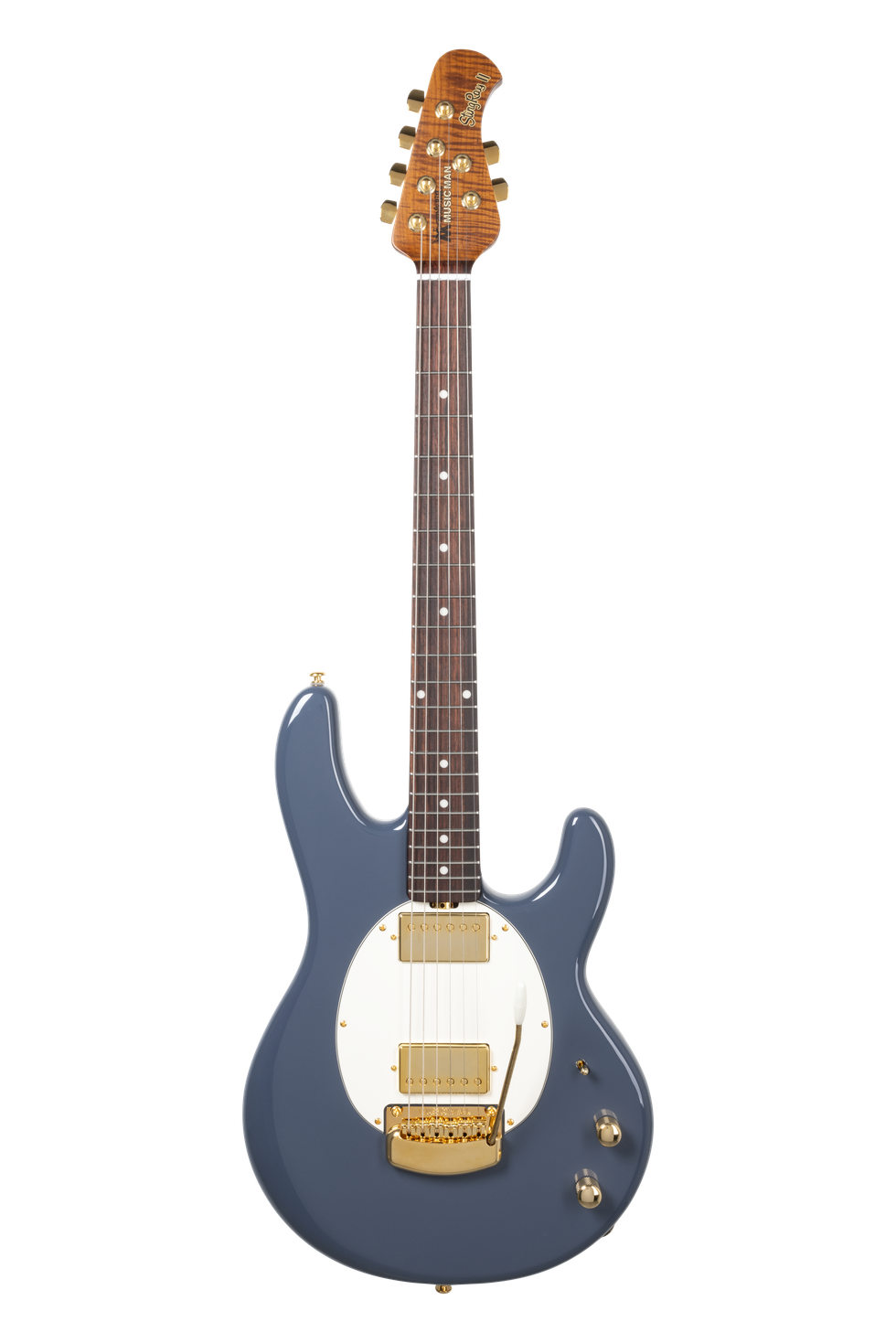
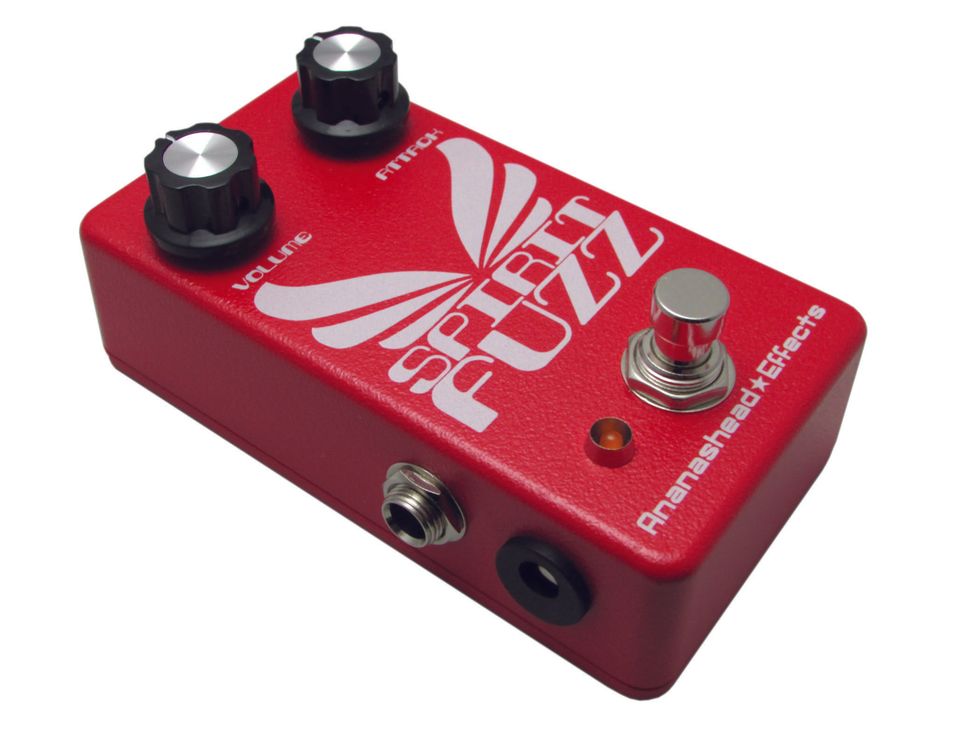
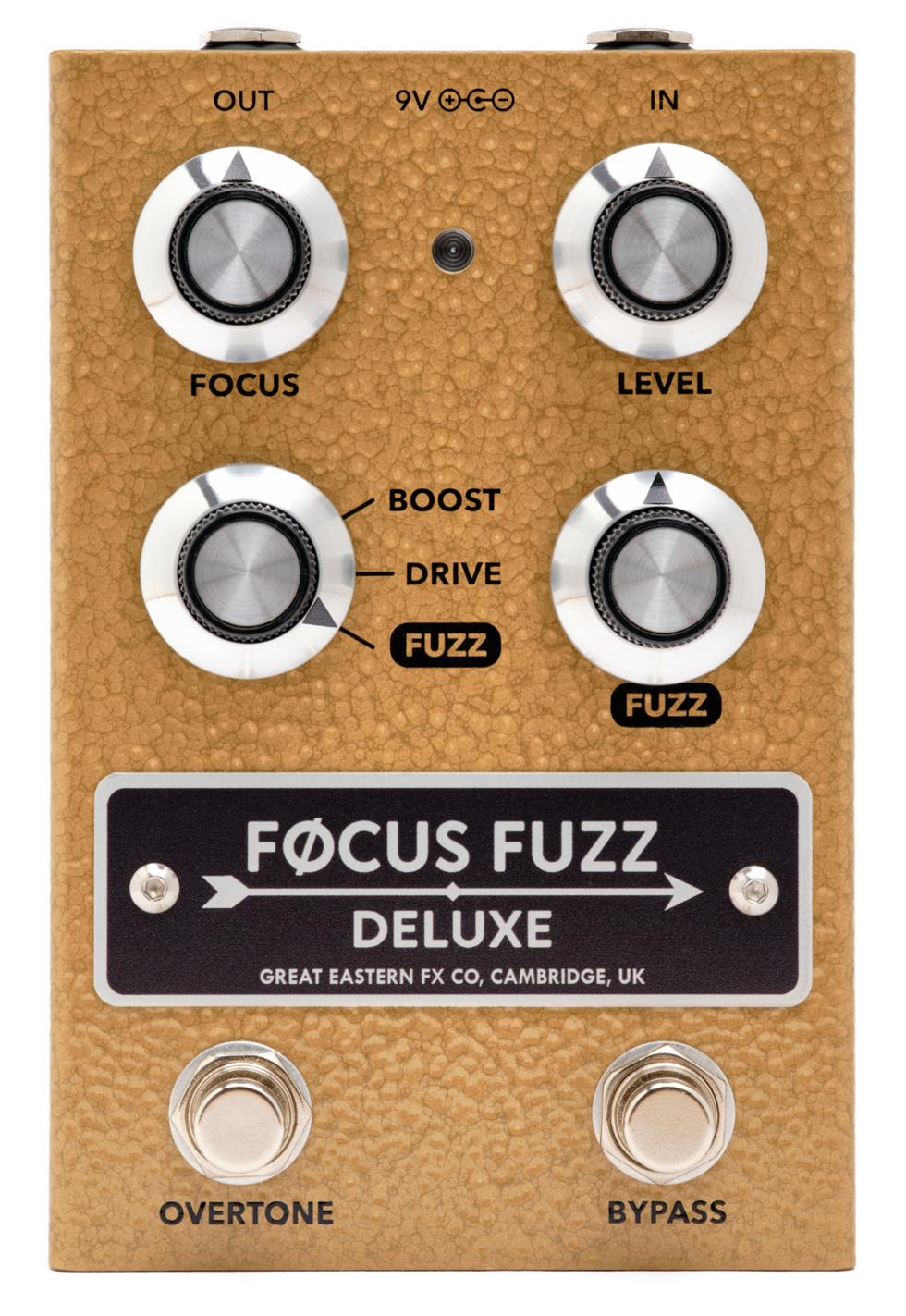

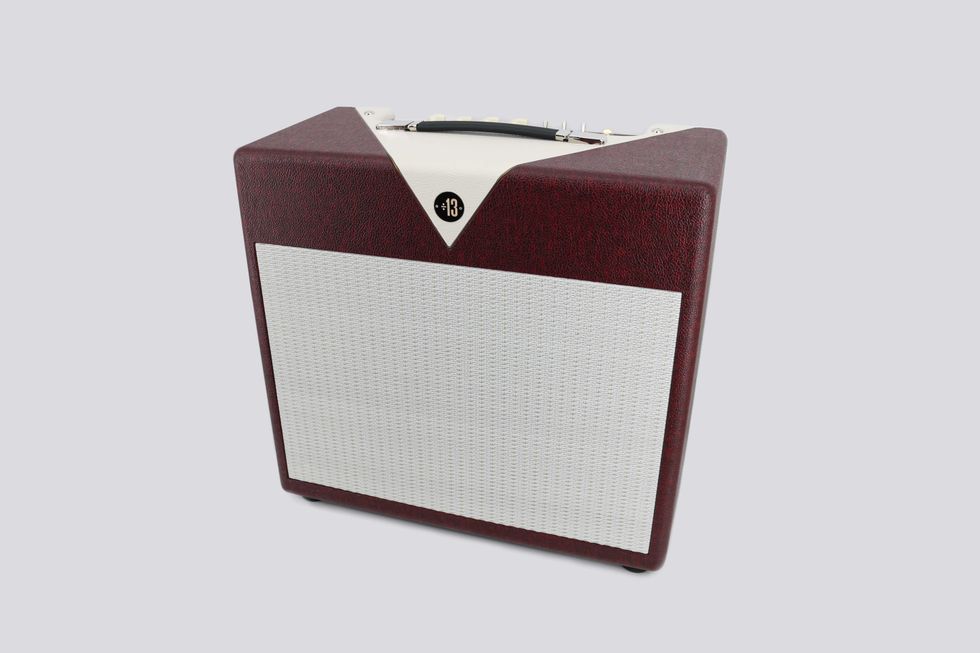
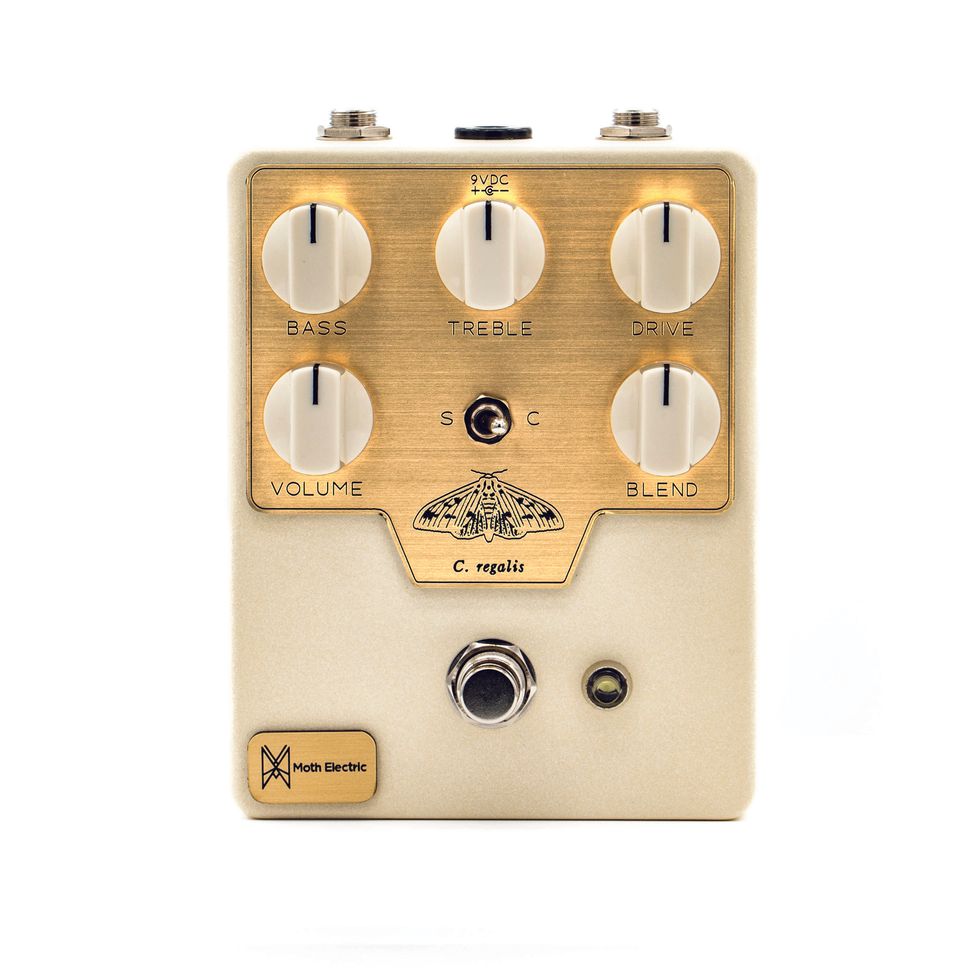
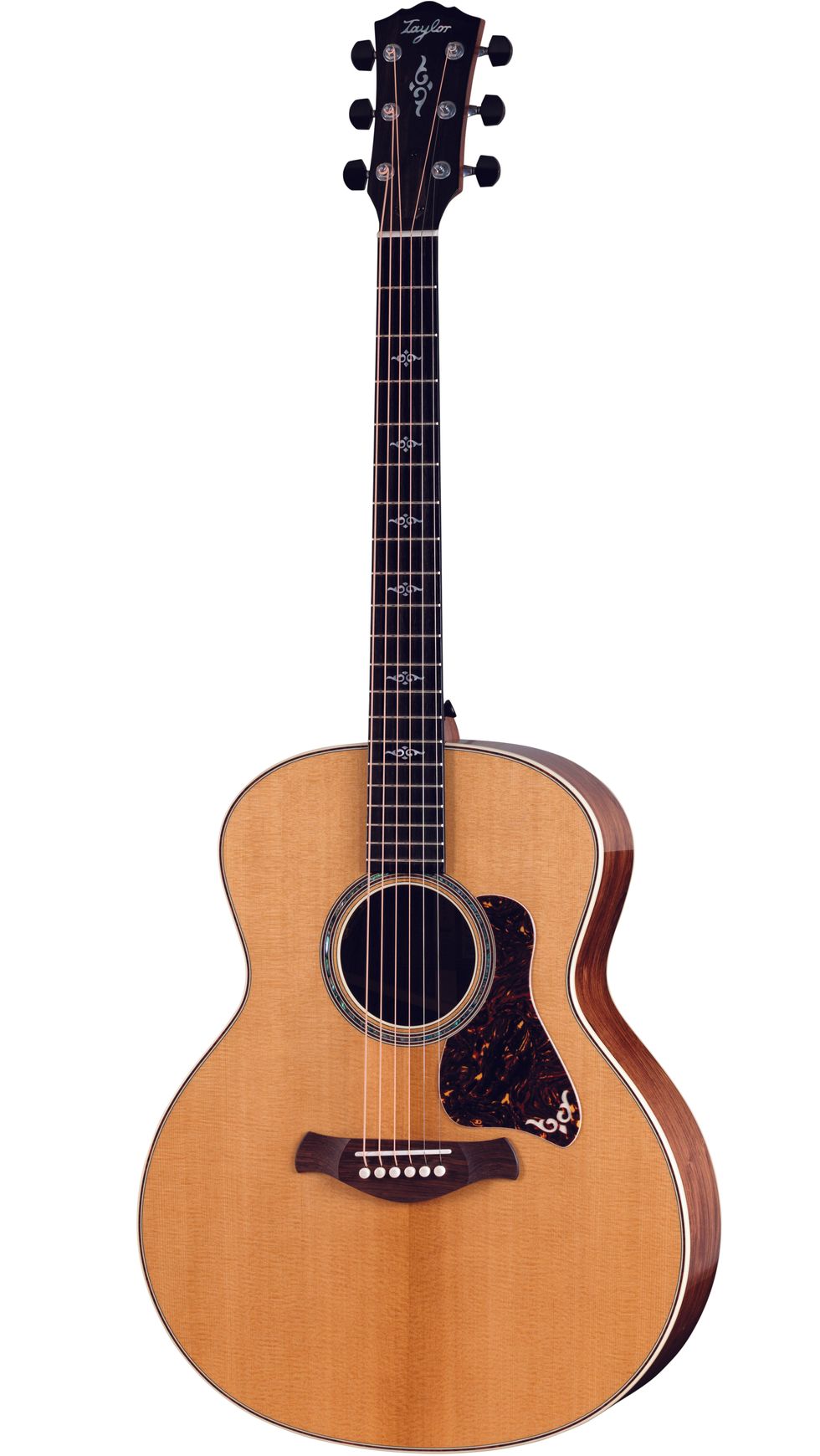
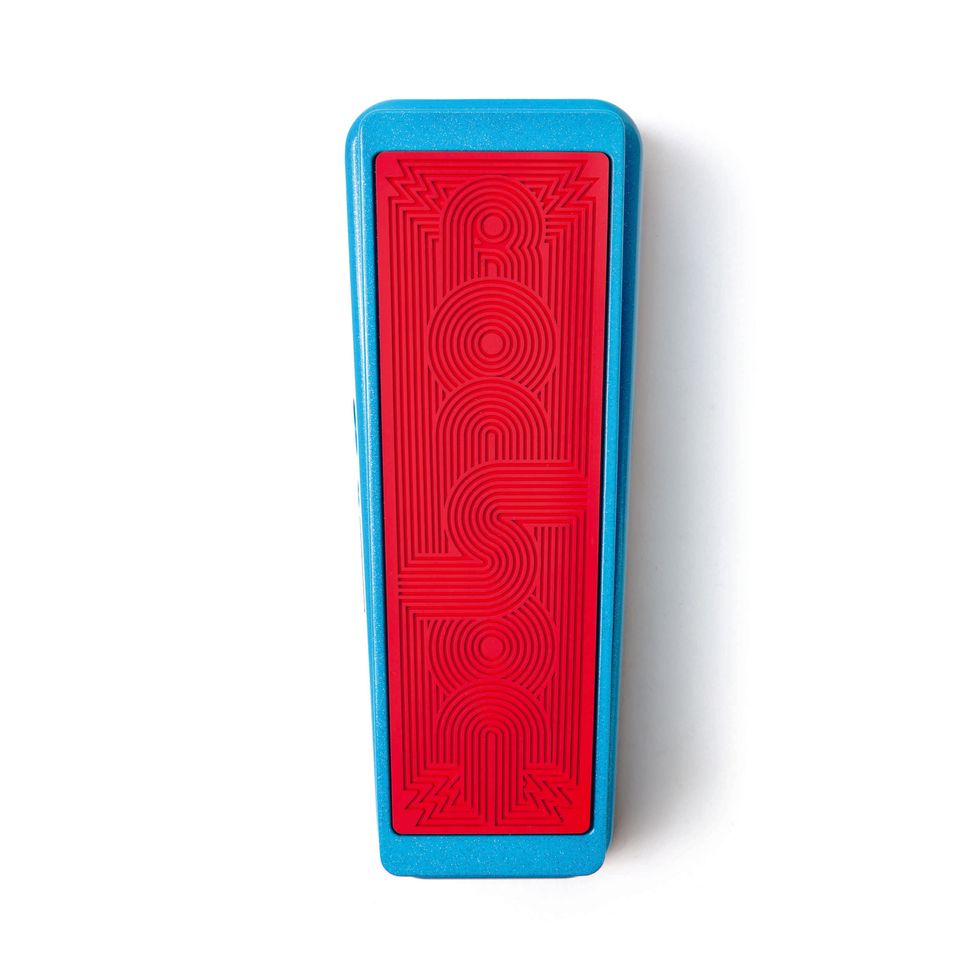
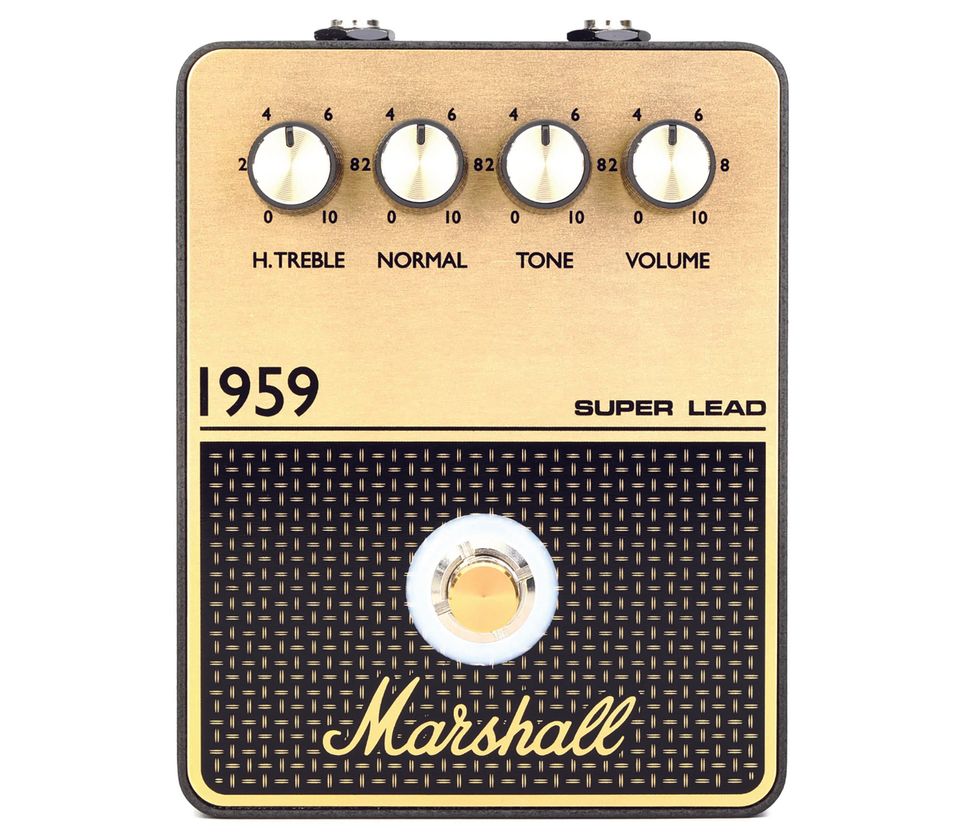
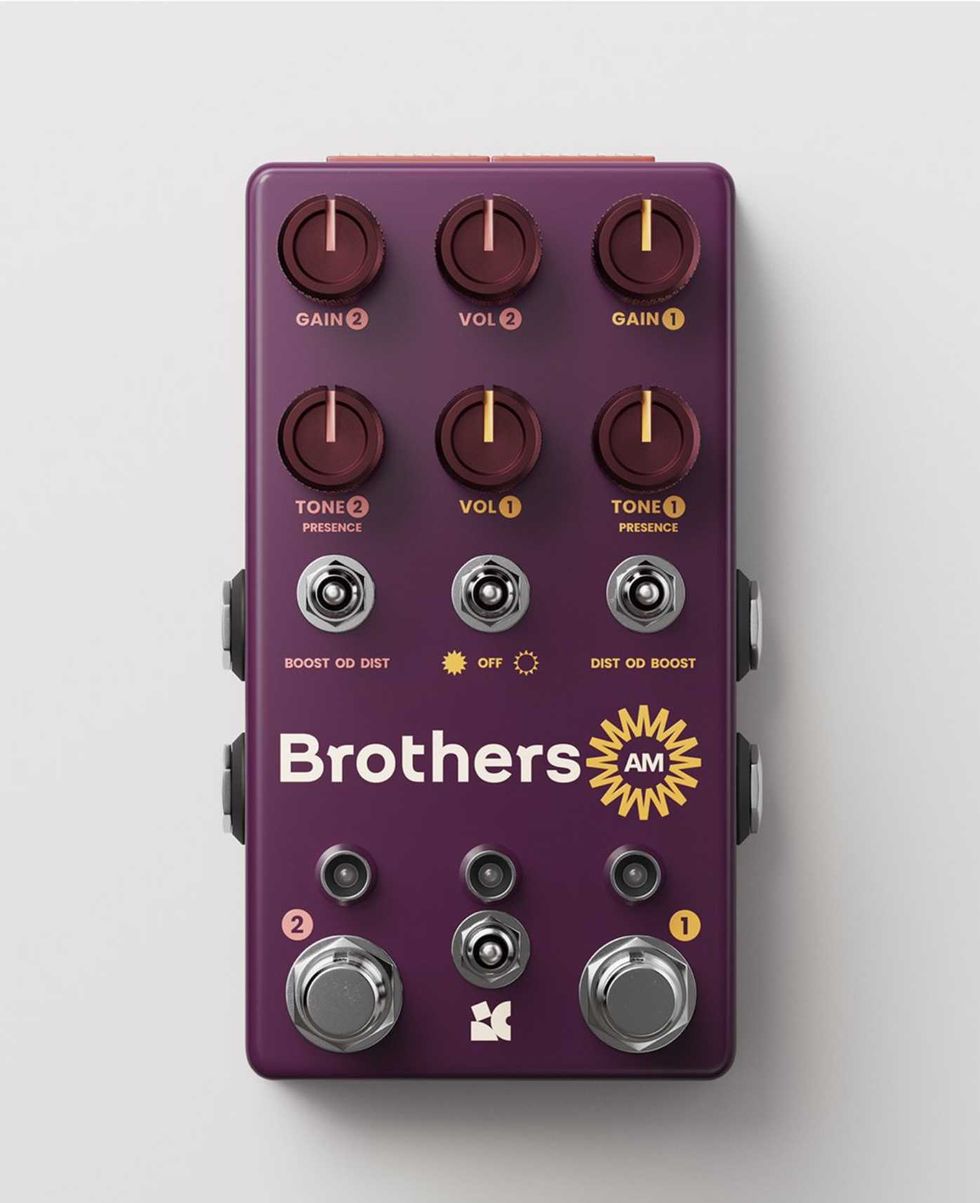
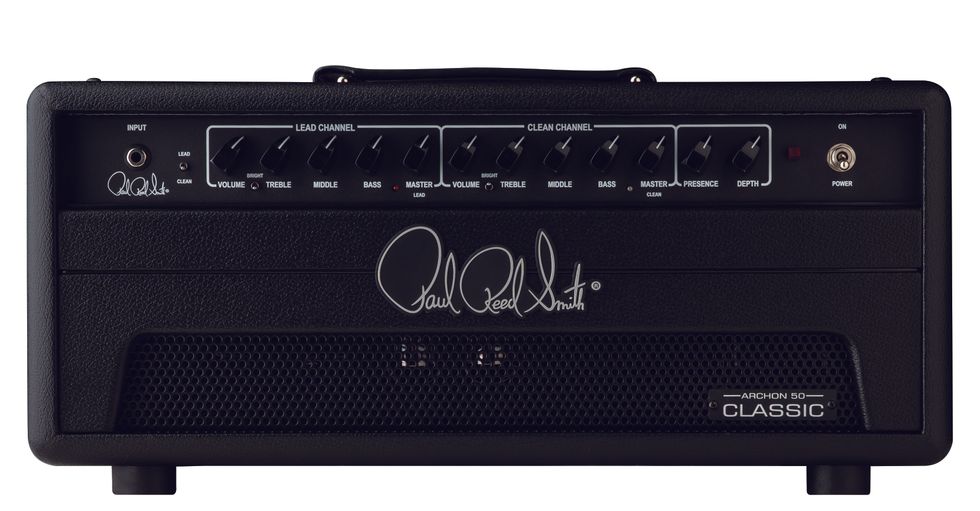
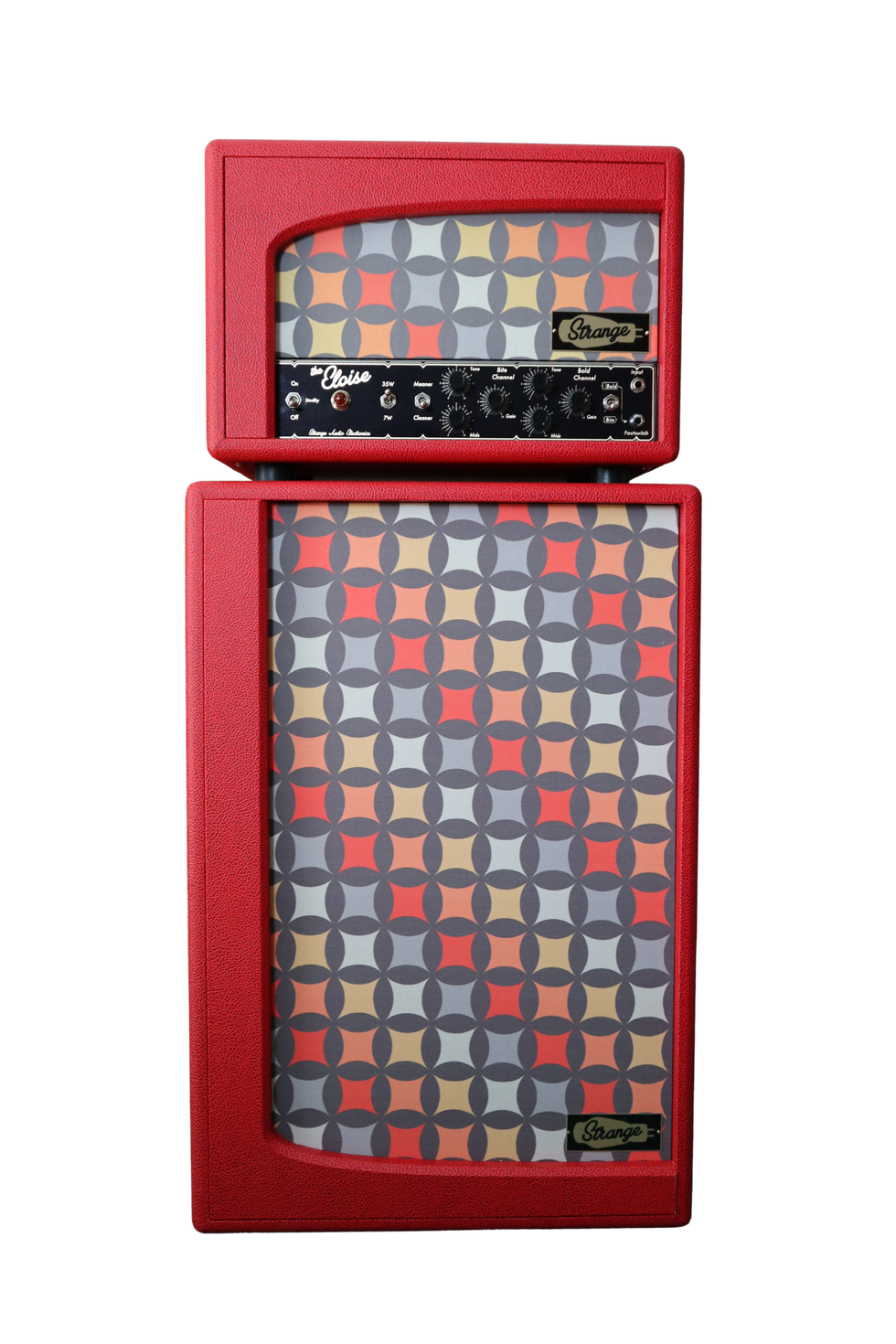
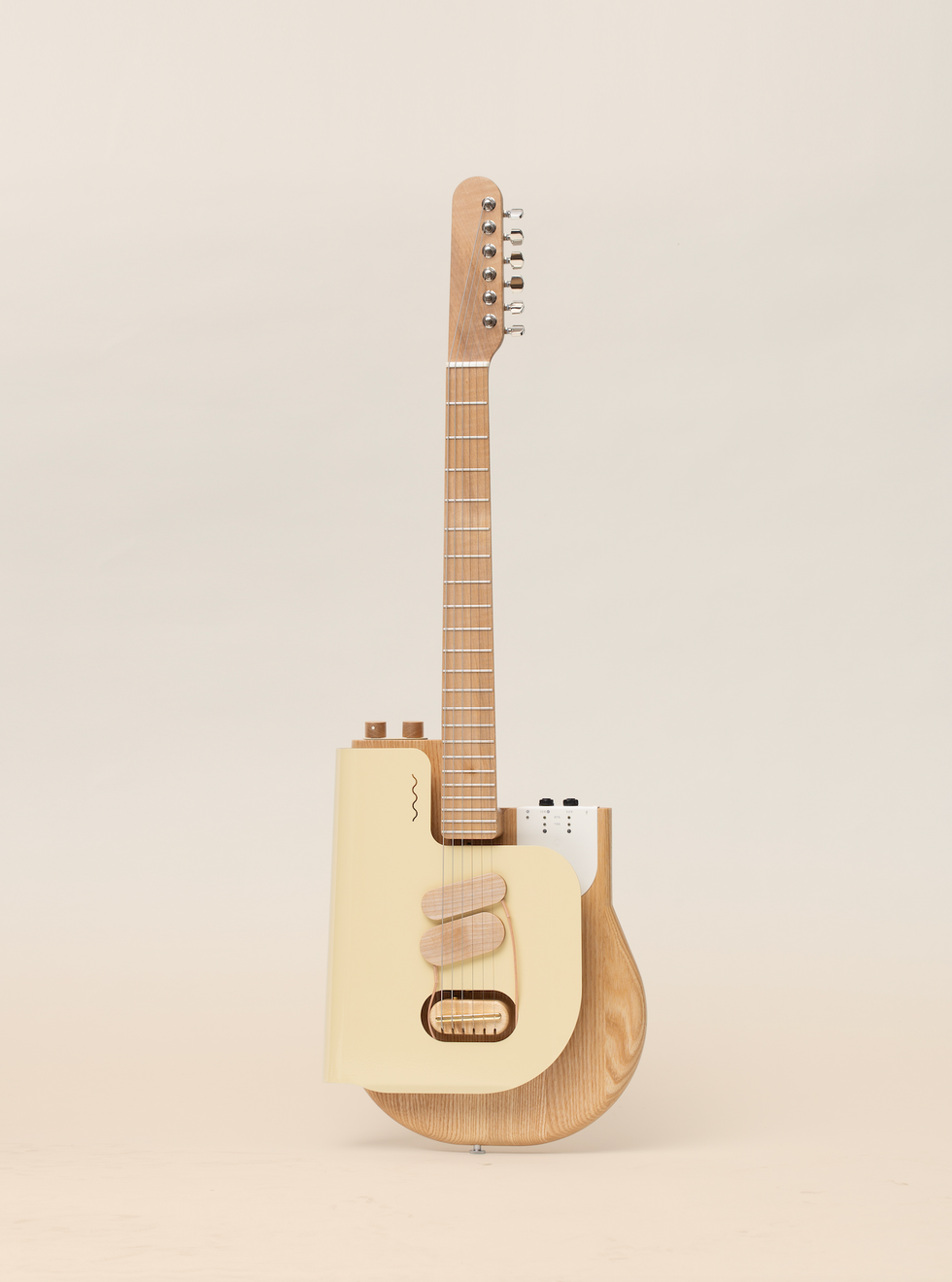
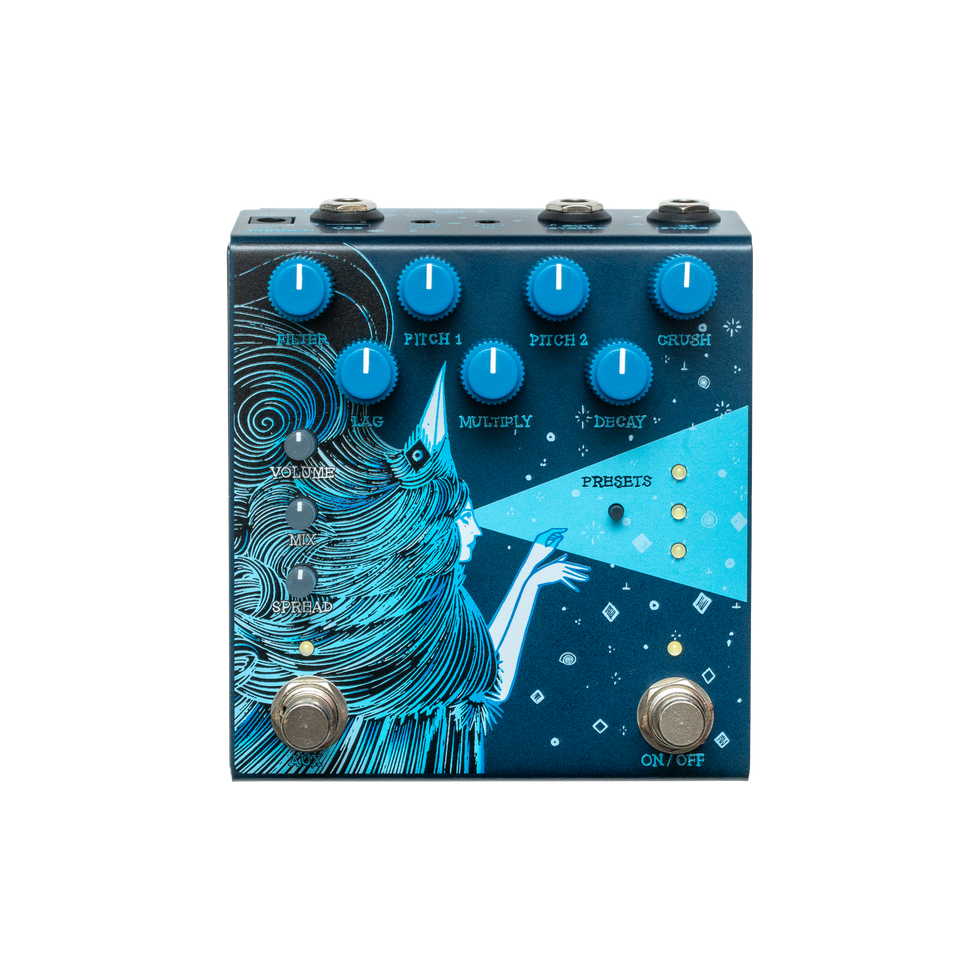
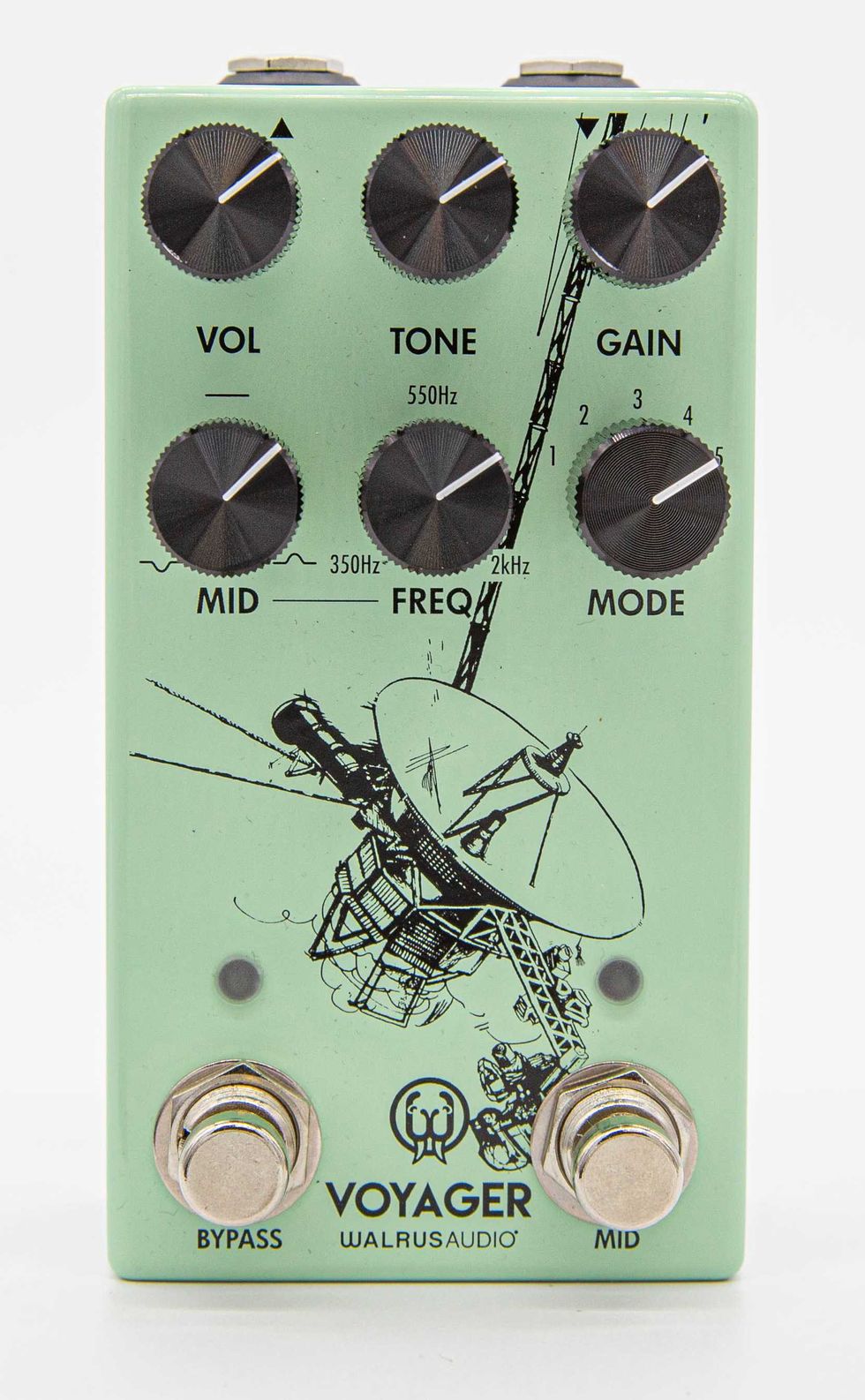
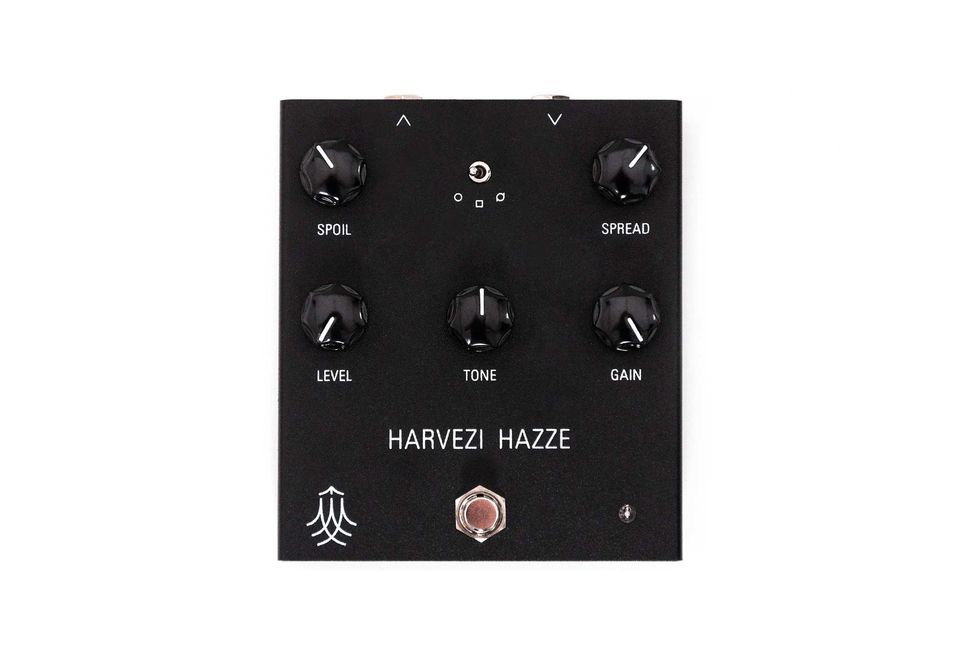
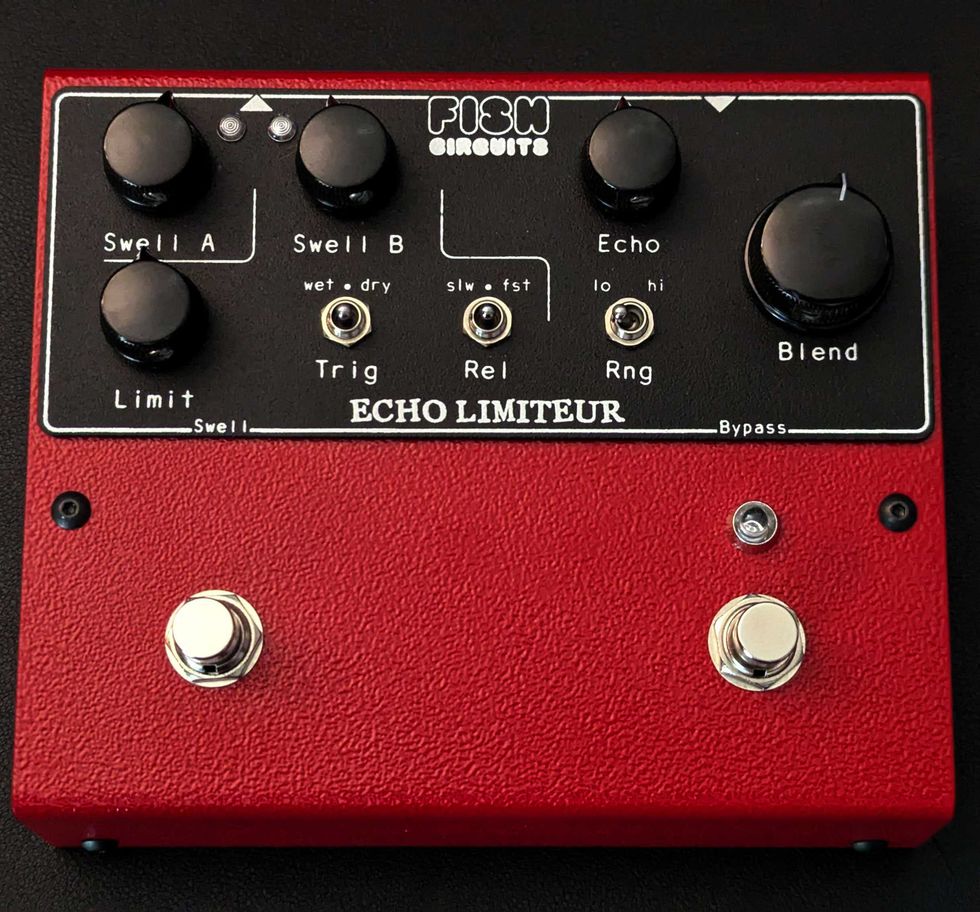
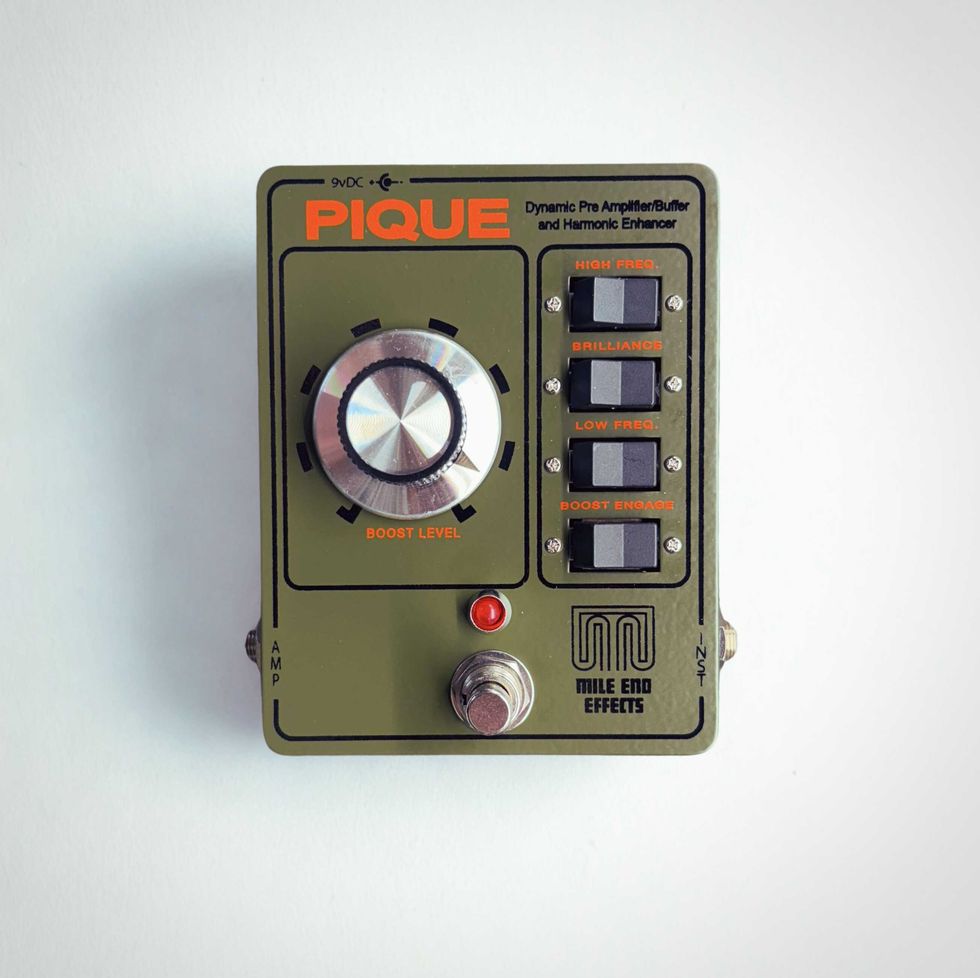
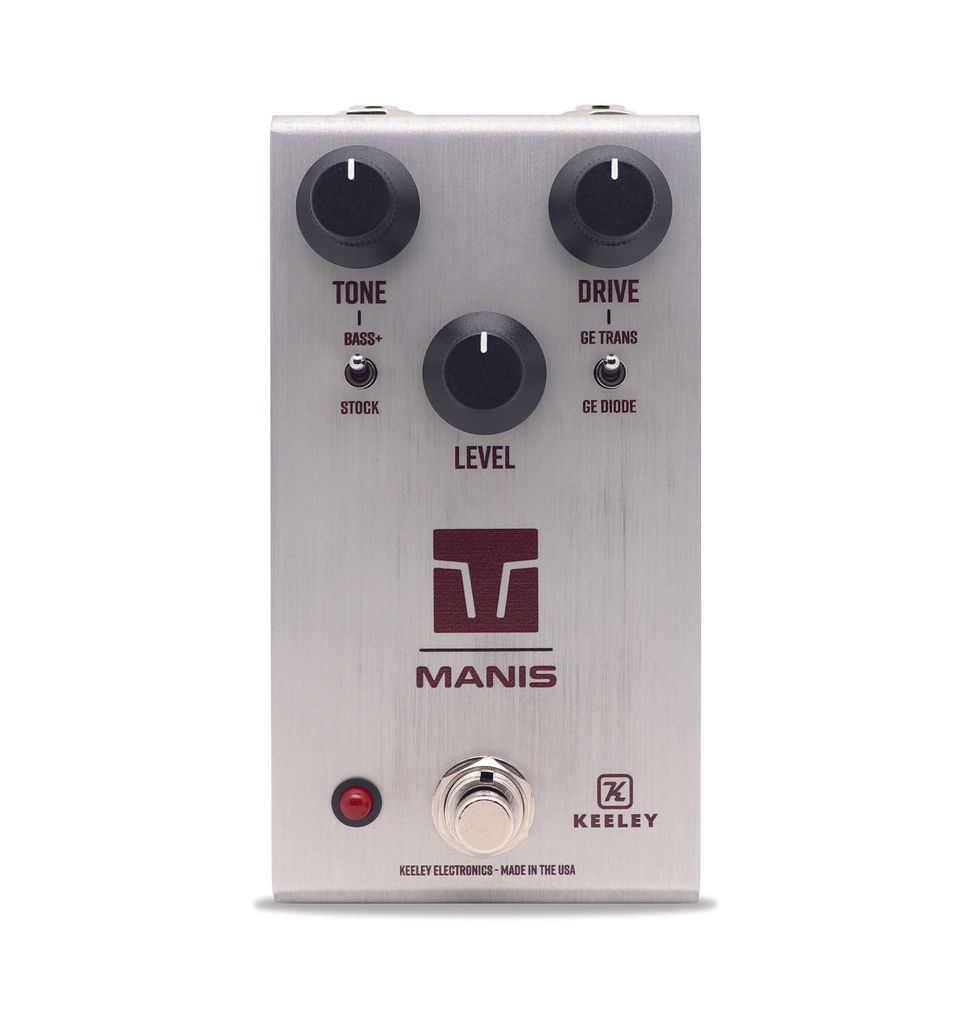
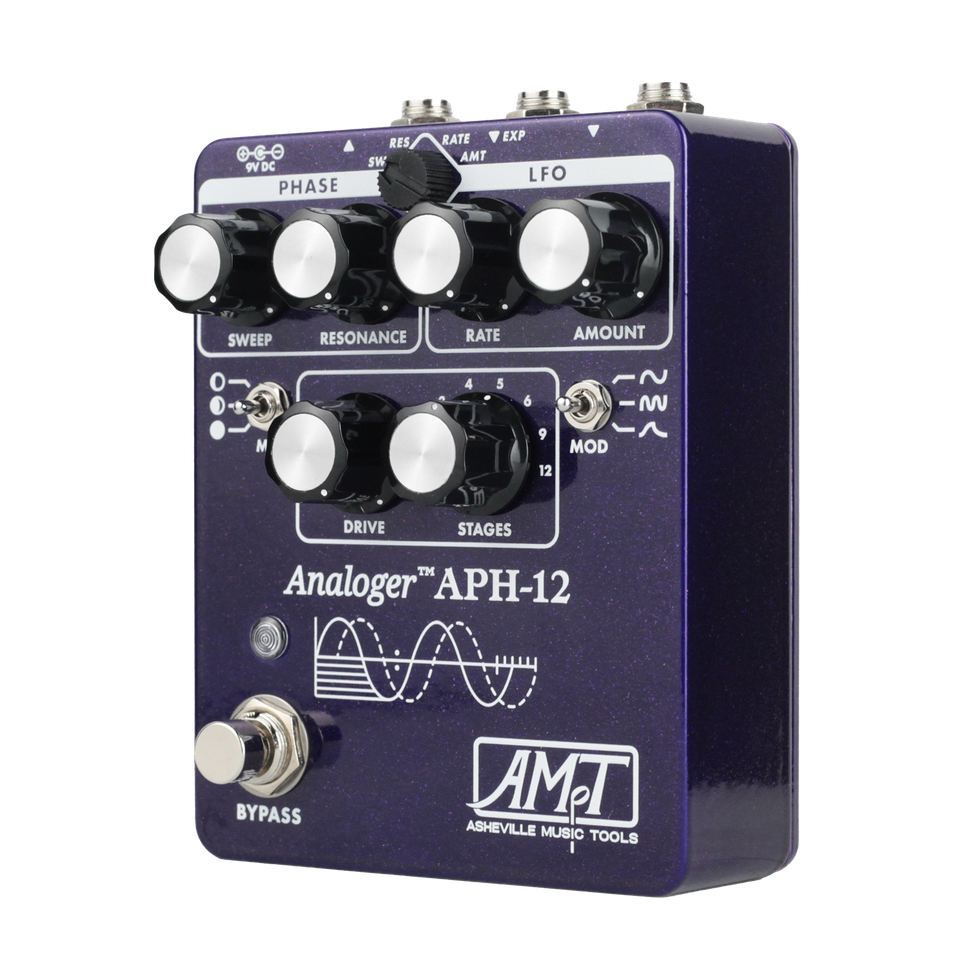

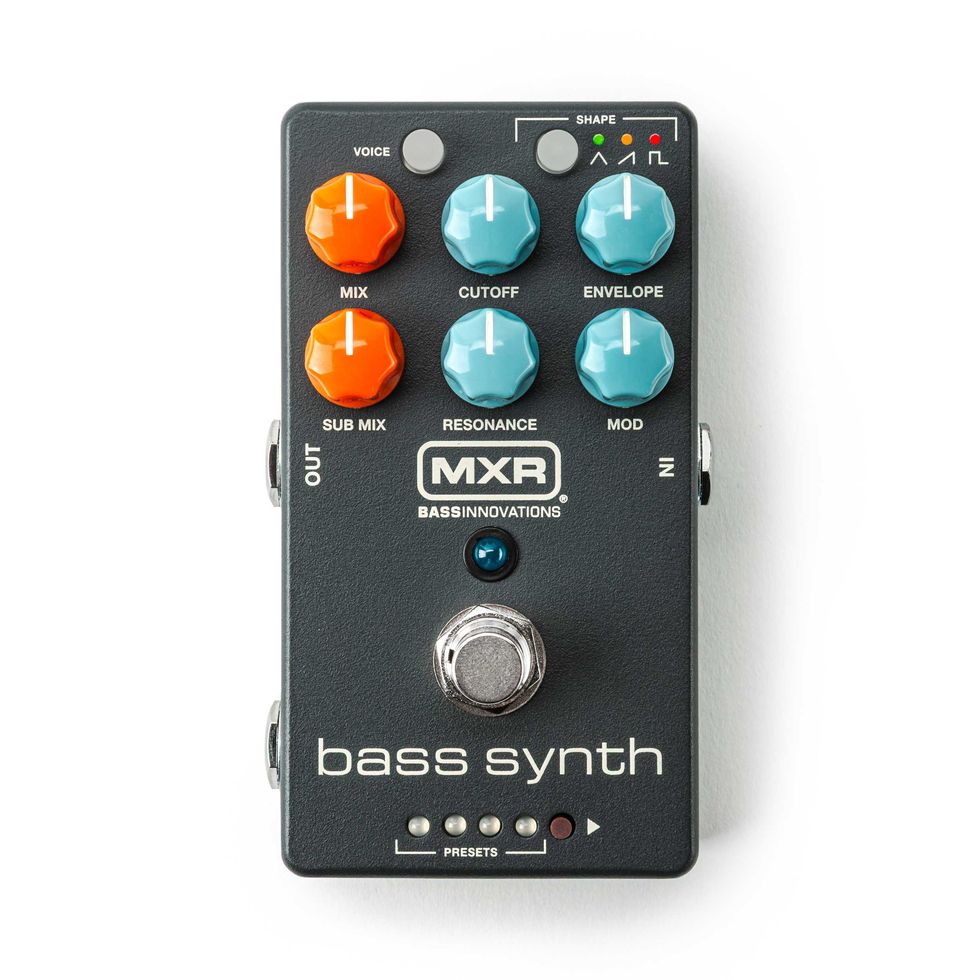
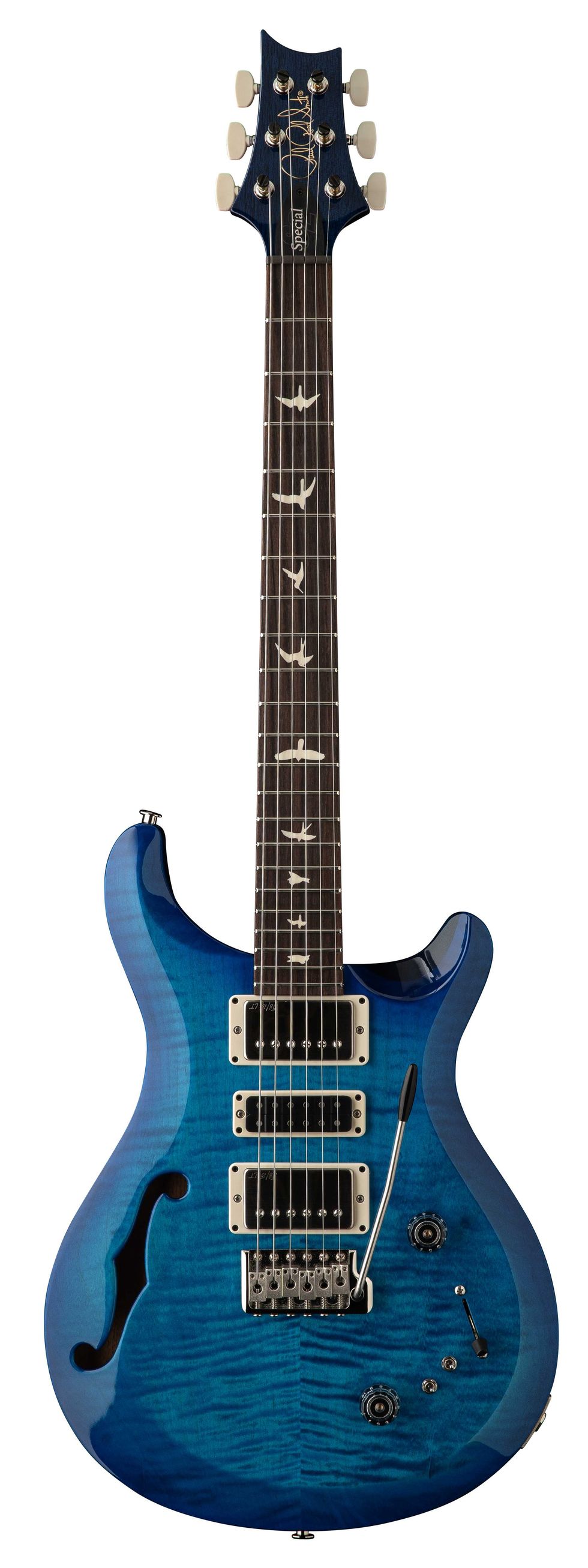
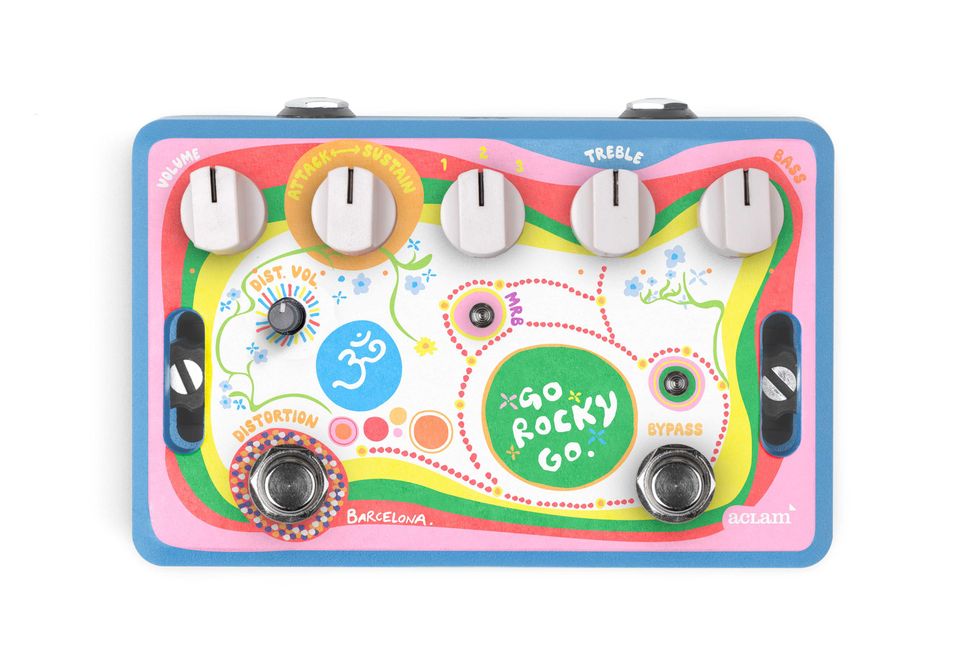
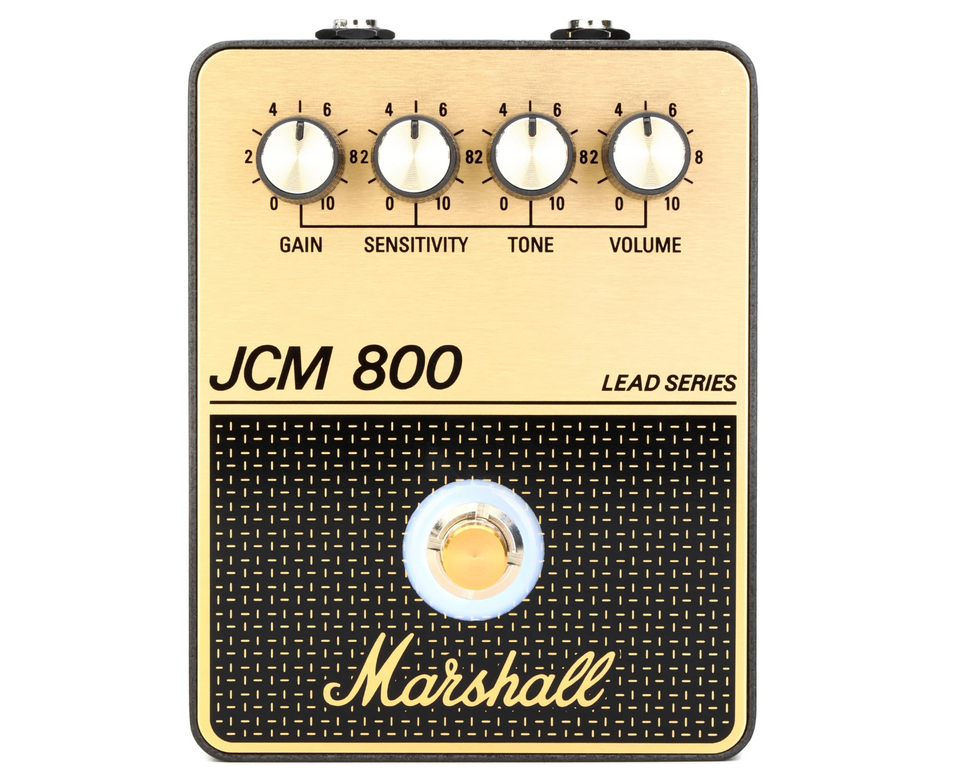
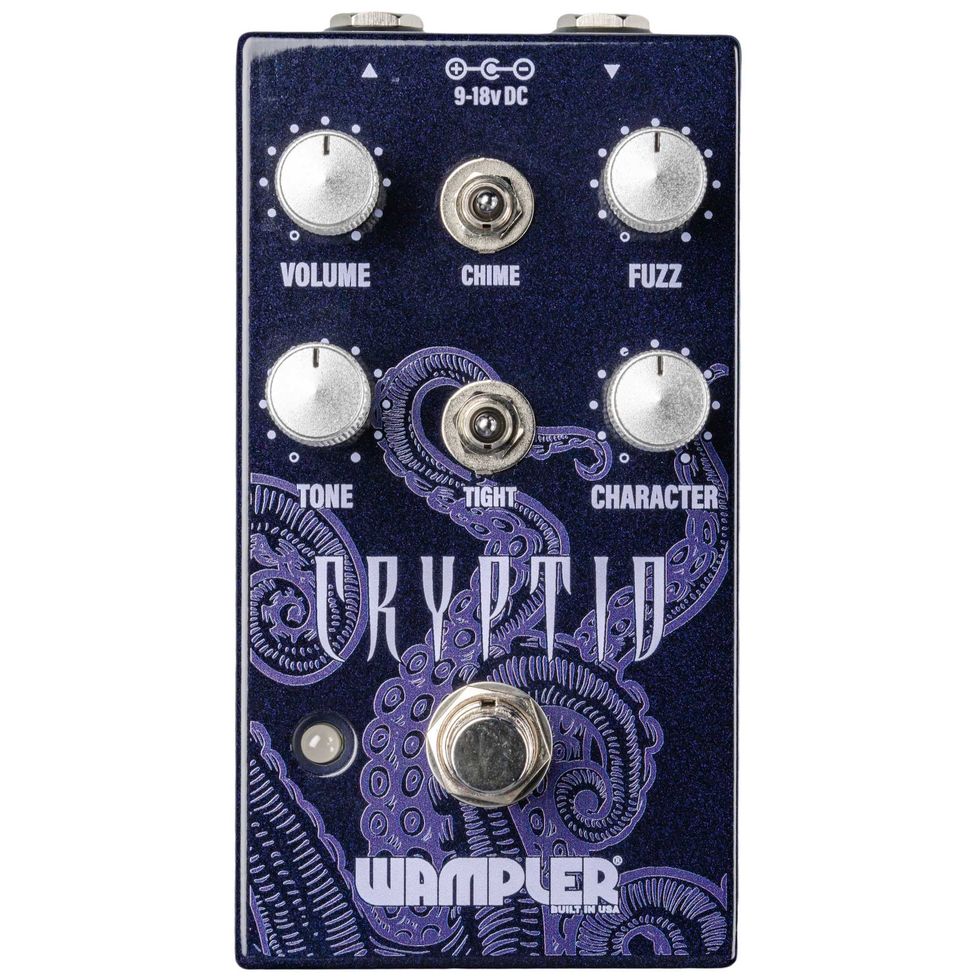
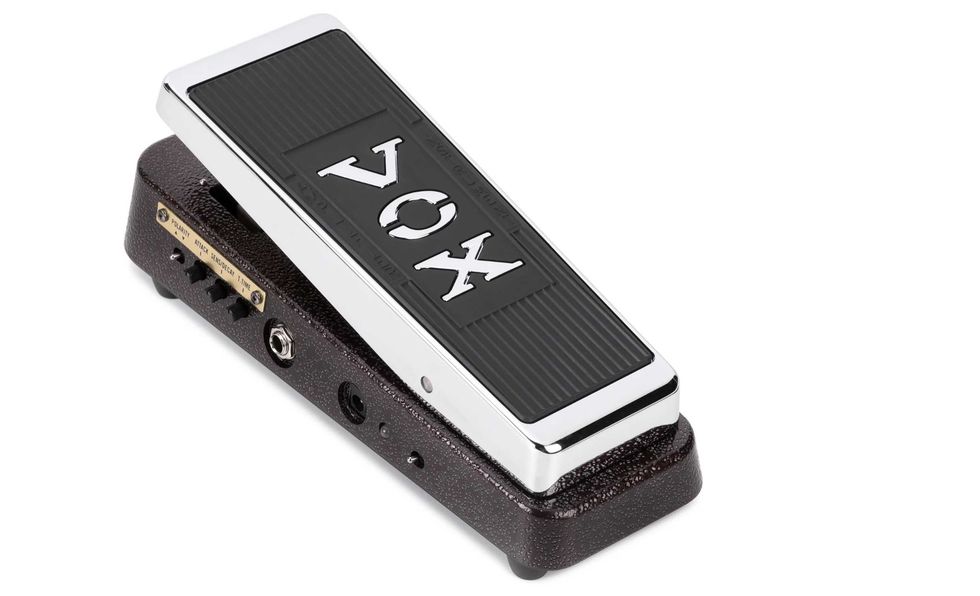
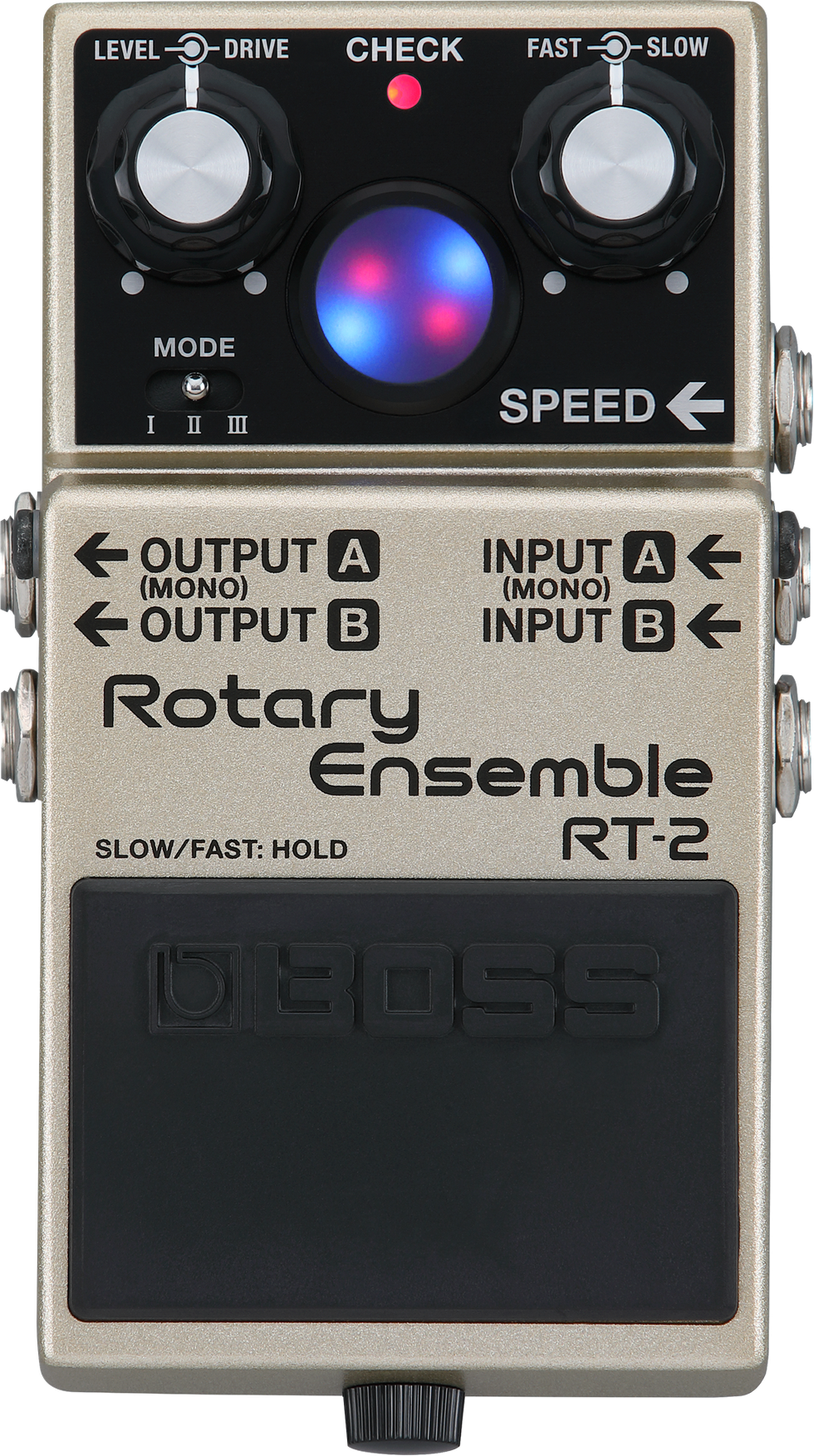
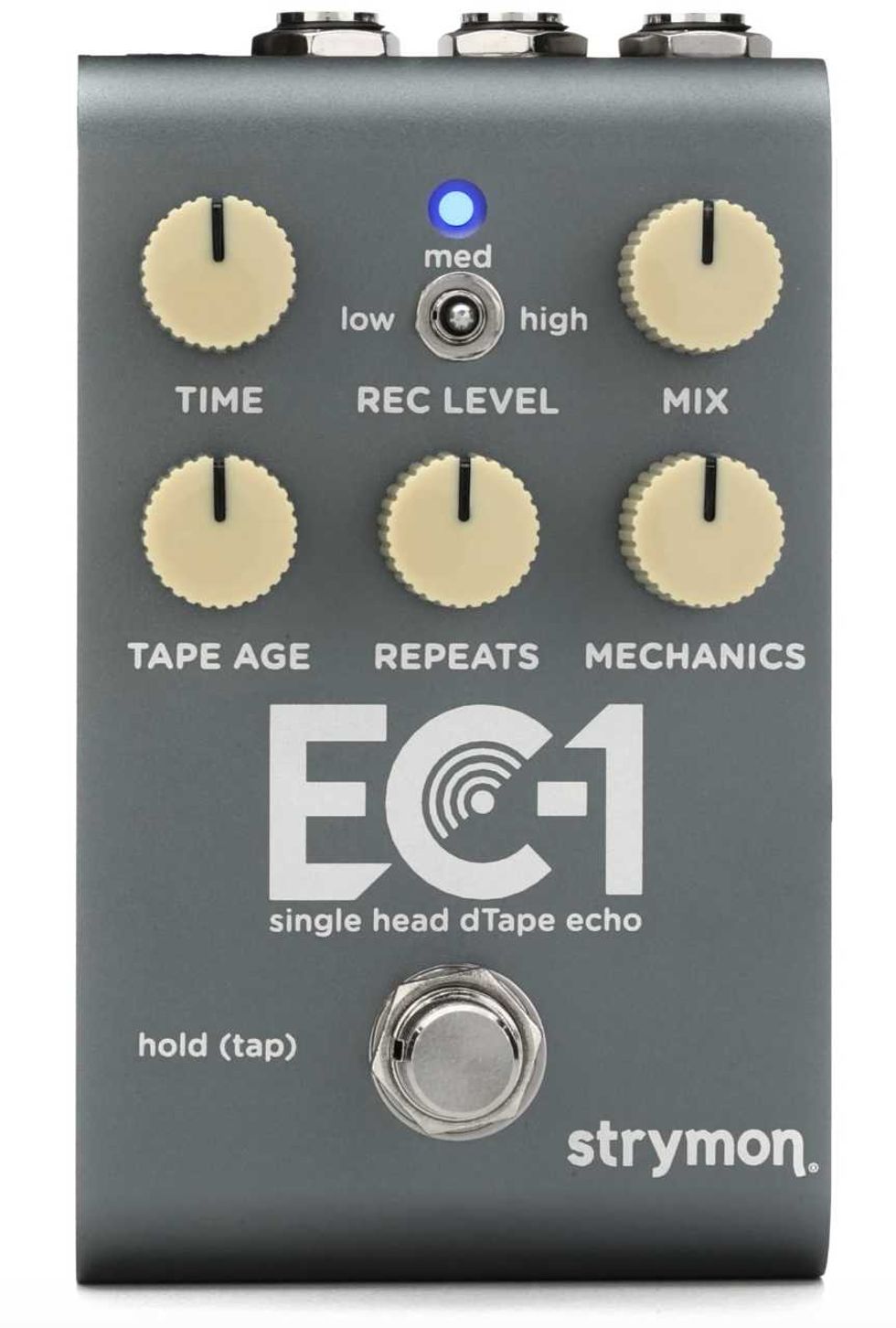
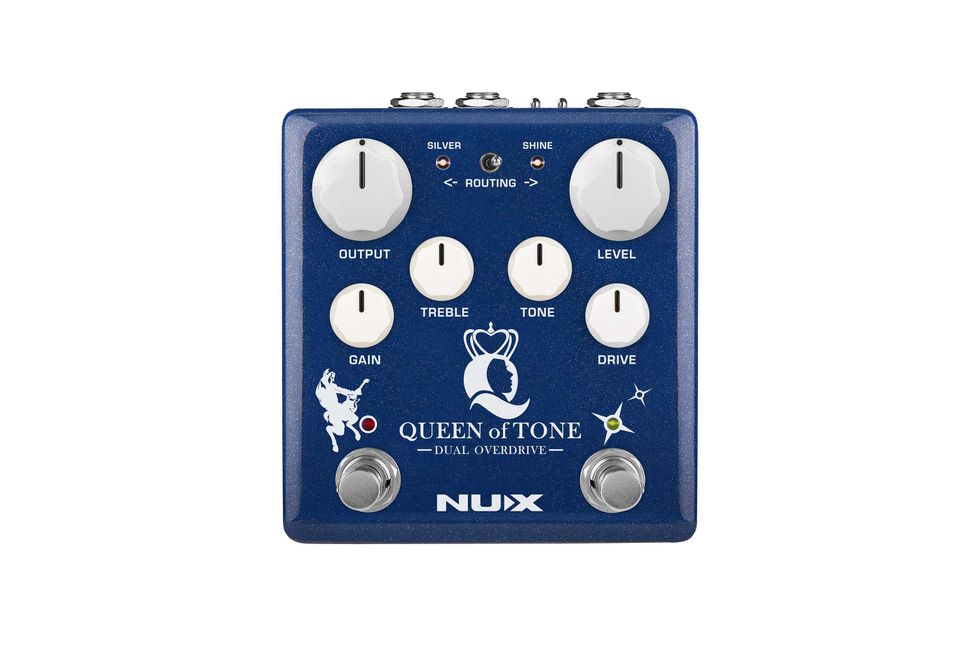
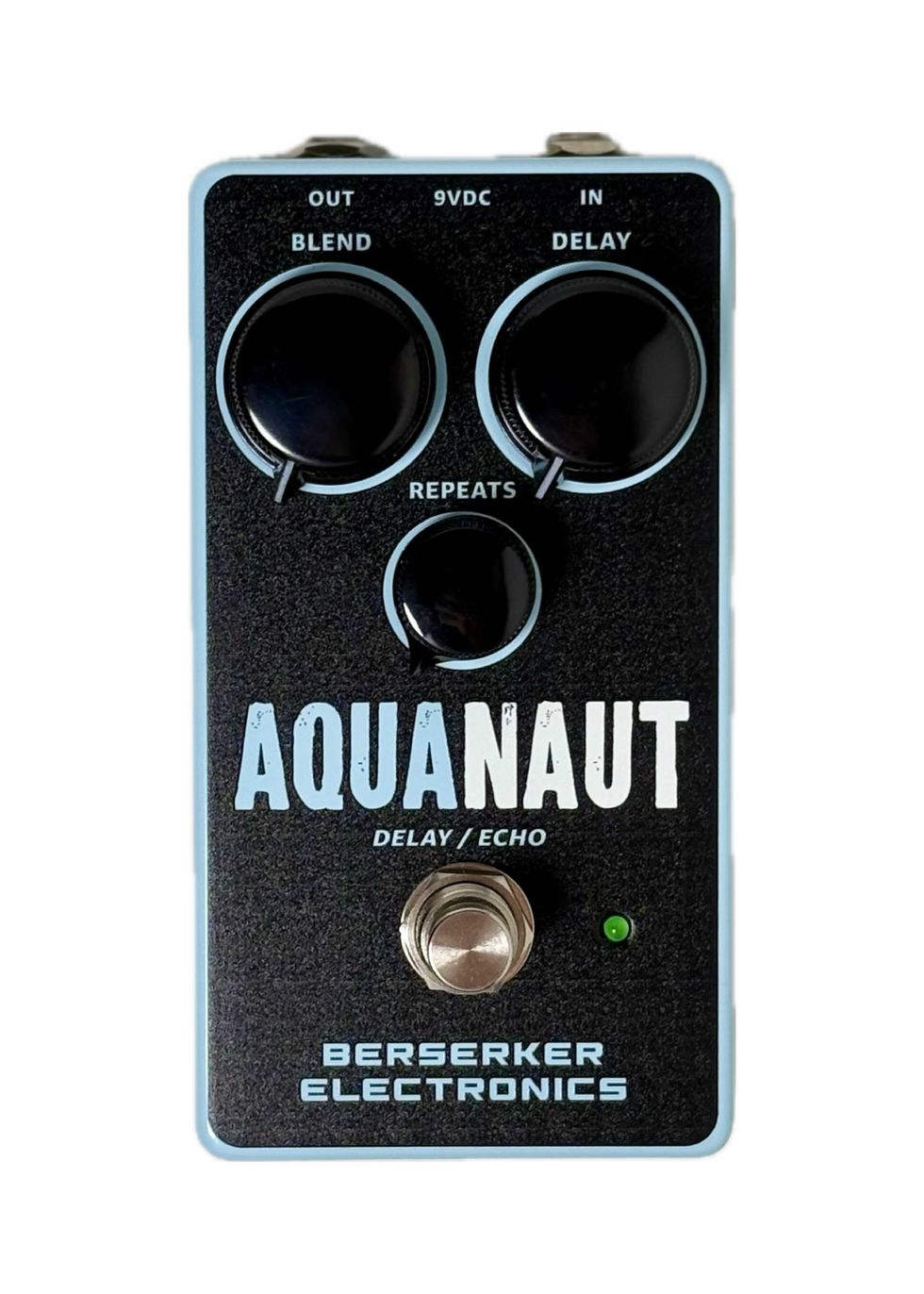
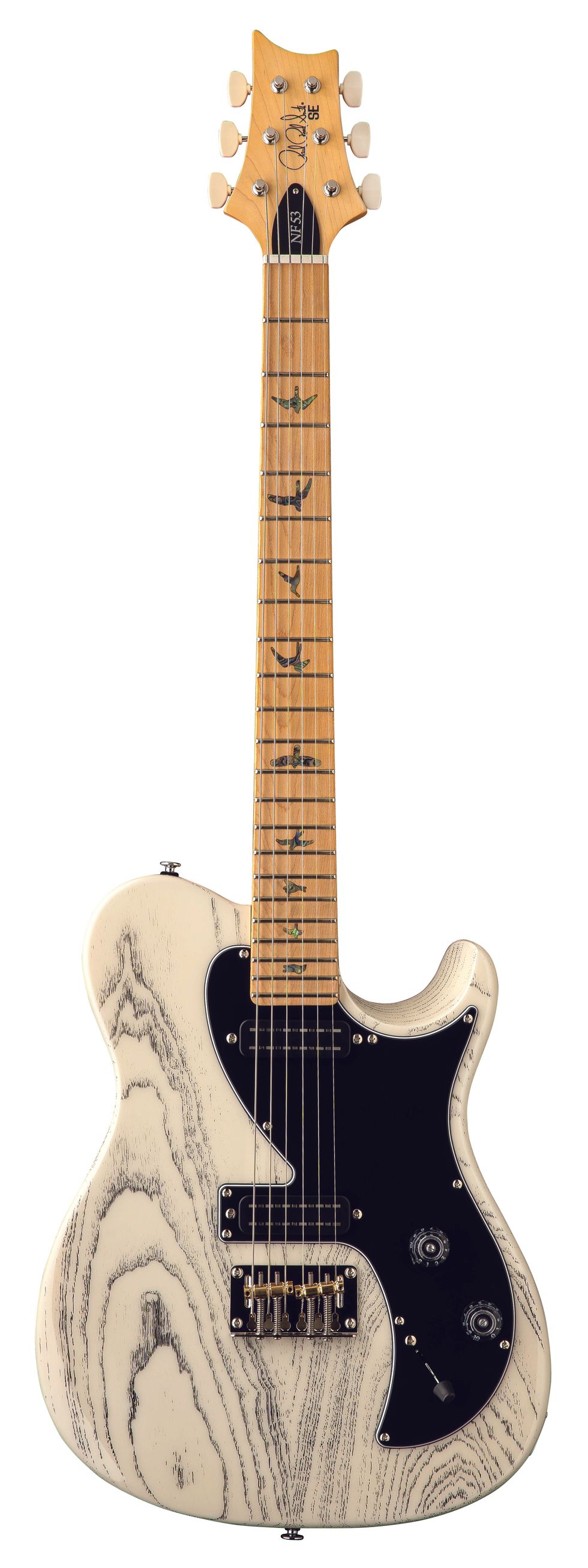

![Rig Rundown: AFI [2025]](https://www.premierguitar.com/media-library/youtube.jpg?id=62064741&width=1245&height=700&quality=70&coordinates=0%2C0%2C0%2C0)












 Shop Scott's Rig
Shop Scott's Rig